Ford Ranger review and buyer’s guide
The Ford Ranger is the most popular vehicle in this country because it has grunt, great towing ability, a capable drive system, and a host of clever design features. But there are a couple of negatives to consider before dropping your cash on one.
The Ford Ranger is Australia’s favourite dual-cab ute because it offers a breadth of capability in off-roading and heavy-towing related use. But you need to know if it’s a good, reliable workhorse.
And what are the consequences of buying a Ranger in Australia? Ford might win the truck market over Chevy in the United States, but is it a rational, objectively smart proposition to undertake in Australia?
Sure, Ranger has got the looks, but has it got the punch to tow, haul and get the job done?
The so-called ‘all-new’ Ranger is based on the same T6 platform as the previous generation, and features the same 2.0-litre twin-turbo diesel four-cylinder engine, albeit tweaked ever-so-slightly. But there is a V6 diesel option which is the headline powertrain that’s definitely worth a closer look if you have bobcats and ride-on lawn mowers to haul around on a daily basis.
Tough looks go a long way with ute buyers, and Ford has certainly done its market research for the new Ranger. It presents a muscular stance with consistent proportions, with a big smug Ford face at the front so all your mates instantly know you’ve got the F-150’s little brother.
There are some clever design elements hidden into the theme, such as integrated side steps in the bodywork aft of the rear wheels. These have been used on pickup trucks for at least a decade - see the 2013 Chevrolet Silverado - but it’s good of Ford to finally notice and incorporate them here. They might seem gimmicky, but they do actually make it easier to climb up and reach/step into the bed area, particularly for shorter owners. It’s certainly a safer option than standing on the rear tyre which is a WorkSafe comp claim begging to happen during your eight weeks off for recovery.
At the very least, the step makes tying things down that bit safer.
Notice those indents on the doors? No, they haven’t been kicked in by an angry customer. They’re actually formed into the original panel stamping on purpose to hark back to the first of the T6 series Rangers. The embossed Ford lettering across the tailgate is also inspired by previous generations, including the F-150.
Also, this report will not be discussing the Ranger Raptor because that’s a largely specialised vehicle aimed more at performance than raw ute-based practicality. Chances are, if you’re thinking about a Raptor, you’ve probably already bought it.
But you can find out if Ranger Raptor is worse at towing than Wildtrak >> or whether the Raptor V6 will be reliable >>
And lastly, if you want to know more about the Ranger Super Duty, which is Ford’s first attempt to dethrone the Toyota LandCruiser 70-Series vehicles as a mining fleets default choice as well as contend for various other heavy duty fleet sales in the resources, infrastructure and forestry management sectors, you can read our early analysis report here:
FEATURES & PRICING
Here is a hyper-simplified breakdown of the, frankly, ridiculously convoluted Ranger model range. There are (probably) hundreds of different permutations of each version. There’s 4-wheel drive or 2-wheel drive, there’s body styles including hi-rider, slim-cabs, dual-cab, cab-chassis, tubed tray or aluminium tray. But then you get into the mid-spec and upper-echelons of Ranger where the powertrain choices differ.
It’s so outrageously confusing, we’ve tried to distil as best as possible the below product range focussing strictly on the 4X4, dual-cab versions only. With the only variation being the engine choice between the bi-turbo 4-cylinder, or the V6 turbo-diesel. (There is also the inclusion of the single-turbo 4-cyl on the XL but only because it includes the 4X4 driveline and dual-cab body style. This should show you the true entry-level pricing for this hectic product line-up.)
Also of note, you have to be very careful which factory options you toggle on or off in certain variants. because that can increase the price again.
It needs to be said the inability of Ford Australia to provide a clear, easily-digestible and coherent product range must work in their favour - presumably. If it’s difficult to decipher for a motoring website, then there must be punters out there who’ve ticked pricey extras they didn’t mean to include.
It’s also very unclear in the official Ranger spec sheet >> exactly which features you get on higher grades like ‘Sport’ or ‘Wildtrak’ compared with the ‘XLT’ in order to determine for you, the consumer, whether you want to stump-up more cash.
The reason this confusion occurs is because the spec sheet is so long and poorly collated that you can’t easily see side-by-side what’s ‘S’ for standard and what’s ‘ - ’ not included: because they’re separated by multiple pages.
Example: if you want to see what headlights are standard from XL, XLS and XLT to the Sport, Wildtrak and Platinum, there are 4 separate double-page spreads between these two halves of the model range. The difference in price is roughly $3500 - and you want to know what you get for the extra cash. Right?
This means, notionally, you have to go through every single item, step-by-step, to see what’s included on a Sport/Wildtrak that’s excluded on the XLT. This is both the consequence of having a 6-tier model range further widened by two different powertrains, making it more than 12 horizontal columns on the brochure. Total pain in the arse and a farse.
Here goes:
XL (4X4 dual-cab) 2L single-turbo 4-cyl $56,300 approx. | bi-turbo $59,900 approx.
Hardware
16-inch steel wheels (full-size spare)
Integrated rear box step
Steel underbody protection
Rear sub-seat storage
Front recovery hook (x1)
Comfort
8-way power driver seat
6-way manual front passenger seat
Leather accented sport seats
Tech
10.1-inch LCD portrait touchscreen
Embedded modem
Wireless phone charging
Wireless Apple CarPlay & Android Auto
3 x USB ports
Driving
8-inch digital driver’s display
Adaptive cruise control
Rearview camera
Halogen headlights
Electrically adjustable door mirrors, manual folding
Black Edition $62,300 approx
adds:
17-inch Asphalt Black alloy wheels
Drop in bedliner with 12V socket
Black long-legged sports bar
Cargo management system
XLS (4X4 dual-cab) 2L bi-turbo 4-cyl $63,270 approx.
Hardware
16-inch silver alloy wheels (full-size spare)
Stylised sport hoop with floating rail
Roof rails
Power roller shutter
Cargo management system
Side steps
Tech
DAB+ digital radio
Satnav
Driving
Locking Rear Differential
Intelligent Adaptive Cruise Control (includes Stop & Go, Traffic Sign Recognition and Lane Centring)
Comfort
Dual-zone climate control
Rear air vent registers
Driver Seat - 8-way manual adjustment
Front passenger seat 4-way manual adjustment
XLT (4X4 dual-cab) 2L bi-turbo 4-cyl $69,450 approx. | V6 $74,780 approx.
Hardware
17-inch silver alloy wheels
Black sports bar
Tray box integrated fixing points
Integrated rear box step
Black signature ‘Sport’ painted 3D badging
Power tailgate lock
12-volt bedliner socket
Towbar with integrated trailer brake controller
Tailgate rule & cup-holders
Tech
Traffic sign recognition, lane centring
Driving
C-Clamp LED headlamps, daytime running lamps & fog lamps
Electric Parking Brake
Rain Sensing Windscreen Wipers
“e-shifter” transmission selector (from V6 powertrain onwards; not on 2L eng.)
Electrochromatic rearview mirror
Comfort
Leather trim steering wheel
Privacy glass
premium cloth seats
Sport (4X4 dual-cab) 2L bi-turbo 4-cyl $72,000 approx. | V6 $77,350 approx.
Hardware
18-inch machined-face black alloy wheels (full-size spare)
All-season tyres
2 x front recovery hooks
Tech
Off-road screen
Driving
Power folding door mirrors
Comfort
Driver seat 8-way electric adjustment
Front passenger seat 6-Way manual adjustment
Carpet floor covering
leather accented seats, mostly premium cloth
Tremor Package (4X4 dual-cab) 2L bi-turbo 4-cyl ONLY | $70,000 approx.
Bilstein ‘Position-Sensitive’ dampers with external reservoirs
26mm additional ground clearance, 30mm wider track
4A mode, full-time 4WD system
‘Rock Crawl’ drive mode, and ‘Trail Control’
Overhead Auxiliary Switch Bank for fitment of aftermarket accessories
Heavy Duty EPAS (Electronic Power Assisted Steering) gear with shielding
New springs
17-inch Asphalt Black Alloy Wheels, General Grabber AT3 All-Terrain Tyres
Auxiliary grille LED lamps
Front steel bash plate
Cast aluminium side steps
Long-legged sports bar
Tremor branded all-weather front & rear floor mats and seat trims
Wildtrak (4X4 dual-cab) 2L bi-turbo 4-cyl $75,600 approx. | V6 $80,950 approx.
Hardware
18-inch charcoal alloy wheels (full-size spare)
All-terrain tyres
Power roller shutter
roof rails
sports hoop/sailplane
aluminium tiedown rails
cargo management system
zone lighting
Tech
12-inch portrait infotainment touchscreen
5 USB ports
active park assist
Comfort
Front passenger seat 8-Way electric adjustment
Instrument panel cup holders
exterior puddle lamps
heated seats front driver & passenger
ambient lighting
Driving
360-degree camera
Pro-trailer back-up assist
Deletion of ignition stop-start system
Platinum (4X4 dual-cab) V6 $86,900 approx.
Hardware
20-inch machine-faced alloy wheels (full-size spare)
All-season tyres
Damped tailgate with lift assistance
Roof Rails with folding roof racks
auxiliary switch bank
Flexible rack system
Tech
B&O premium sound system (10 speakers)
Digital driver’s display screen 12.4-inch (configurable)
Driving
Auto high beam
Matrix LED headlights, auto-levelling, dynamic blending
Comfort
Driver seat 10-way electric adjustment w/ memory setting
Front passenger 10-way powered seat adjustment
Leather accented quilted seats (excl. 2nd row centre seat)
Heated & ventilated (cooled) seats - font driver & passenger
Heated steering wheel
Black-painted roof
rear floor mats
Deletion of black-painted roof
RANGER SUPER DUTY | approx. $120,000 unconfirmed | 4X4, dual-cab, V6
130-litre fuel tank
Front & rear differential locks
8-stud wheels
Stronger front & rear drive shafts, larger rear differential
Heavier duty leaf suspension, increased ride height
Click here for more on Ranger Super Duty >>
PLUG-IN HYBRID RANGE (all prices are before on-road costs)
PHEV XLT (4X4 dual-cab) | 2.3L 4-cyl | $72,000 driveaway approx. | starts with:
17-inch alloys (all-season tyres w all-terrain option), tyre repair & inflation kit (no-cost optional spare wheel), tyre pressure monitoring, electric park brake, 1 x front tow hook
6-speaker stereo, wireless Carplay/A-Auto, 12-inch portrait touchscreen, off-road screen, premium cloth seats, dual-zone climate ctrl, manual front seat adjustmentet
Front/rear parking sensors, AEB + reverse brake assist, blindspot monitoring & rear cross-traffic alert (inl. trailer), adaptive cruise ctrl, lane-keeping & evasive steering
Halogen headlights, daytime running lights, foglamps, LED taillights & rear foglamp
PHEV Sport | $76,000 | adds:
18-inch alloys (all-season tyres w all-terrain option), sports bar, 2 x front tow hooks
Wireless phone charging, privacy glass, 8-way electric driver’s seat, heated driver & passenger seats
Intelligent adaptive cruise control (incl. stop & go, traffic sign recognition and lane centreing, Thatcham premium security system
LED headlights, daytime running lights and foglamps; puddle lamps & zone lights
PHEV Wildtrak | $79,990 | adds
Matrix LED headlights w/ auto levelling & steering response, auto high beam, Wildtrak front grille,
Unique 18-inch alloy wheels (full-size spare as standard), moulded sports bar / sail plane, roof rails, aluminium tie-down rails, power roller shutter
Ambient Lighting, rear floor mats, 10-speaker B&O premium stereo, 8-way electric drivers and passenger seat adjustment, Wildtrak-specific leather seats
360 degree camera, trailer reversing assist
PHEV Stormtrak | $86,990 | adds:
Exclusive ‘Chill Grey’ paint colour (also available in Agate Black)
Unique gloss black front grille and rear bumper
Gloss black bonnet lettering badge, side & rear grey Stormtrak badges, side decal
Unique 18-inch alloy wheels (full-size spare as standard
Flexible rack system, cargo management system
Unique Stormtrak Seats with Chill Grey Accents
AUX Switches
FUNCTIONALITY
When carmakers try to impose their nice ideas into the cutthroat world of pure functionality, especially when it comes to no-nonsense trade vehicles, they rarely land. But Ranger does.
Often, what happens instead is the vehicle gets undermined by the lack of accountants understanding the importance of R&D to the consumer. The accounting department’s need to cut costs can, for example, on a Ranger ute might actually need to function and be capable of enduring the torture real tradies like you need to inflict upon the vehicle on the jobsite. But it seems this doesn’t appear to have happened with Ranger.
It remains to be seen how durable these features are in-service and in the longer-term, but overall there are some genuinely good ideas present in the Ranger - which haven’t become points of objective failure. Things such as integrated side steps (that don’t buckle under the load of the first carnivorous plumber) are a good idea in principle, but in practice you have to ask, ‘Are they actually wide enough for human feet?’ Often, a factory-issue side step is known in the 4WD community as ‘temporary’ for a reason.
However, the incorporation of an integrated and adjustable rack system is a good idea. It can be adjusted in longitudinal distance to the cab rear - brilliant. How many tradies have to pass through the Mitre 10 timber yard and tie down timber precariously balanced far too close to the centre of that mass on a Monday morning, only to stop halfway and re-tie them down? That’s if they don’t lose the load entirely once they hit the freeway.
In space usually reserved for a fuel tank, Ford has put under-seat storage compartments below the posteriors of row 2. This is good for stowing bits and bobs you might need on occasion that aren’t things you want within view of prying eyes - expensive tools like camera-based equipment, scanning or diagnostic gear, even laptops or laser tools used for surveyors and landscapers.
PAYLOAD
A subset of Ranger’s functionality is its ability to take serious amounts of payload. So let’s see what it can take and compare that with some of its immediate rivals like Hilux and BT-50. We’re using these two because the former is popular with excellent resale value, and the latter because there’s actually good stock available and it’s more affordable when purchased outright.
But we’ll also consider the dimensions because it’s not just about mass but about how practical the tray is. We’ll use the 3-litre V6 Wildtrak 4X4 as the yardstick.
Here’s my complete guide on GVM, payload and towing capacity limits >> if you need help with this stuff.
Ranger Wildtrak has a GVM of 3350kg, a kerb weight (incl. 80L of diesel) of 2384kg, leaving you with 1030kg of payload. Firstly, this is a 2.38-tonne vehicle without a single person or thing on board - that’s quite heavy. But it does have one advantage in making it a pretty stable heavy towing platform be default - but we’ll get into detail on that shortly.
It weighs 180kg (7 per cent) more than the Mazda BT-50 (using SP variant for this comparison based on price equivalency) and consumes 4 per cent more fuel on the combined cycle. The Wildtrak weighs 128kg (5 per cent) more than a Hilux Rogue but consumes the same 8.4 litres of diesel per 100km, based on the combined cycle test.
But Wildtrak smashes them both on potential payload, to the tune of 13 per cent more than the BT-50 and 17 per cent more than the Hilux. That’s 892kg on the BT and 854kg on the ‘Lux. That’s a 138kg advantage over the Mazda, and 176kg over the Toyota, or in units of measurement more illustrative that’s a difference of about 7-8 bags of concrete.
Between the wheelarches, that Wildtrak tray has 1217mm (1.2 metres) to play with. It’s another advantage over the BT-50 of 97mm - to which many might think, ‘Whoop-di-doo’, and rightly so. A difference of 9.7cm isn’t exactly life or death, but it might make the difference if you have particularly rigid dimensions to account for, and that’s a usage case unique to your situation.
The Hilux has a tray, but Toyota Australia has done its level best to not bother publishing its official measurements, lest you do actual research and find out how utterly mediocre its product is. If you rip off the fake plastic mudguards on the Rogue and look at a stock SR5, you’ll see the whole vehicle is 1855mm wide (minus the door mirrors), so the correlating tray measurement between the wheelarches can’t be as good.
We can approximate a number by looking at the rear track (1570mm; measured front the centreline of the rear wheelhub) subtract half the tyre width of 265mm (132.5mm), but do it twice, leaving us with 1305mm approximately, between the wheelarches. But you also have to subtract the thickness of the steel tray, and space between it and the tyre, so this is very rough, but it gives you an idea that Wildtrak probably has an advantage over Hilux because otherwise, Toyota would present you and image like this:
Tray size: A CHEP square pallet (1165 x 1165mm) will fit. Euro pallet cited here is 1200 x 800mm.
Generally speaking, most vehicles are capable of accounting for the length, height and width of the 90th percentile customer, but if you’re particularly tall, toward the 6-foot-5 territory, and/or you’re the strictly carnivore type with frontal overhang of your own, Ranger is going to offer you the maximum cabin space required.
BT-50’s wheelbase is 3125mm, Hilux’s is 3085mm and thereby both fall short of Ranger’s 3270mm which translates into cabin space and legroom in particular.
ENGINE
Does more V6-derived power equal more towing capability? Yeah, it does.
It means better control under swaying situations, meaning you can accelerate sufficiently and gently enough to pull the combination into line in the event of sway. Pro Tip: Do not brake; you’ll make the swaying worse. Check out Ultimate Towing Guide >> for more on that.
The additional weight of the bigger V6 also means better on-road, dynamic stability and a much lower potential for the trailer to push the vehicle around.
And generally having all that power to play with means you can overtake on the freeway with relative ease, especially when it’s uphill.
Ford revised the 2-litre biturbo for this model. However, instead of a power gain, commonly associated with model updates, this engine has actually lost power.
It used to develop 157kW in the PX-generation Ranger but is now tuned to produce 154kW/500Nm. While we can only speculate, what you could bet the farm on is that A) it was a deliberate choice, because there are no accidents in developing an engine to make less power than before, particularly when you can sell on it; and B) there is a specific reason for doing so, and the most likely scenario is emissions-related or reliability-related.
Going for the 3.0 V6 takes power up to 184kW, and, more importantly, 600Nm of torque. That latter figure is impressive for a dual-cab ute. In fact, it is the highest torque output of any dual-cab in its specific class, excluding the massive American pickups.
Performance is reasonably brisk in the 2.0L unit, for its class, and while the V6 is undoubtedly smoother and quieter, you might be disappointed by its lack of instant urgency, considering its output. It gets up and goes at a leisurely pace when pushed hard. But, it performs best in normal situations, where it can effortlessly steam ahead with its strong torque (because peak power is available quite low in the revs and has a wide range).
These engines are connected to an updated 10-speed automatic transmission and feed into two main four-wheel drive options. The 10-speed uses a new torque convertor and no longer mindlessly hunts around gears. Now, each gear is more decisively selected. Progression might not be quite as smooth but it’s a trade-off you’ll appreciate as the old model often felt like it was slipping gears.
XL and XLS models use a more conventional part-time four-wheel drive system, while the models above come with full-time four-wheel drive. A drive mode selector incorporates a new ‘4A’ mode in upper models as well, offering automatic drive control so it can be driven on tarmac with the safety of all-wheel drive.
PLUG-IN HYBRID
TOWING
All of the main dual-cab models offer a 3500kg maximum braked towing rating, with payload capacities hovering around the 1000kg mark. The Raptor is restricted to 2500kg towing and 708kg payload due to its racing suspension.
But it needs to be reiterated that towing 3500kg with a dual-cab ute is dangerous >> It’s just less bad in a Ranger because of its overall 2.3t kerb weight being higher than its rivals. Translation: Ranger is more dynamically stable than lighter utes, and as a result, has a lower potential for the trailer to nudge it around, particularly at-speed in corners or going downhill.
If you need a ute for specifically heavy towing assignments on a regular basis, you’d best be considering a Ranger thanks to its inherent dynamic stability as a 2.3 tonne vehicle out of the blocks, and that stonking V6 powerplant.
But if moderate towing is more in your line of work, around the 2000kg-2500kg towing requirements, a Mazda BT-50 is going to offer you a nicer cabin with just as many (or possibly more) features, a decent four-wheel drive system (albeit not as good as the Super Select II system in Triton) and you’ll save as much as $10,000 on the BT over Ranger.
If you are planning to tow more than three tonnes with a Ranger, you need to understand two things: 1. The anatomy of a towing disaster >>; and 2. What happens when extremely heavy towing goes wrong >>
TRANSMISSION
There are four driveline settings: 2H, 4A (can proportion different amounts of torque to the front and rear wheels), 4H (a 50:50 split front-rear), and 4L. Ranger gets a rear differential lock, and all 4X4 variants, regardless of spec-level, get a:
centre electromechanical transfer case (EMTC).
This provides that full-time 4X4 mode. But to provide the 50:50 drive split, Ford uses a set of clutch packs inside the EMTC to send torque to the front. It does not have a centre differential like in Mitsubishi Trion/Pajero Sport. But it is still a pretty clever design and works in the same way.
This 4A function on Ranger essentially means you can drive it in an all-wheel drive manner, in on-road situations like heavy rain while towing, for example. In these conditions, with a 2-tonne tool trailer on board, you absolutely want all four wheels working.
Rear-wheel drive in this scenario is less dynamically safe when cornering, overtaking or under hard braking, especially if you’re coming home in afternoon traffic, heavily fatigued and slow in your reaction time if something goes awry, down below.
Let’s be honest, these are the kinds of conditions you’re most likely to be presented with. Driving home in the dark, work trailer on the back, a bunch of stuff in the tray, you’ve been up since 5am and the heavens open up. Being able to have AWD operational on sealed roads (‘high traction surfaces’) with standing water, without damaging the transmission, could literally save your life.
The more primitive 4X4 utes like D-Max or Hilux cannot do this.
Ranger can perform in most difficult off-road terrain with features like an adjustable crawl speed, forward facing camera and a bunch of off-road traction control modes for varying environments like mud ruts, sand and ice/snow.
If you are doing light or even rurally-based moderate off-roading, some all-terrain tyres will be a necessity on those big, glitzy 21-inch alloy wheels on Platinum. You can option 18-inch wheels with all-terrain tyres on the upper-spec models.
Base model XL and XLS get 16-inch steel and alloy wheels respectively, XLT gets 17 inches in a dark grey metallic coating, the Sport gets 18-inch machine-faced alloys, Wildtrak gets the sexy charcoal metallic 18s or the Wildtrak X gets more knobbly General Grabber AT3 all-terrain tyres on 17-inch alloys, and the Platinum goes back up to 21-inch pimp-mobile alloys.
Each respective wheel set will change the off-road performance when it comes to touchdown angles front, rear and amidships, as well as for traction and ground clearance.
If you need to know more about anything off-roading, check out the AutoExpert Ultimate Off-roading Guide >>
Off road & manouvering
Ground clearance is 234mm on our yardstick Wildtrak - without any payload. That’s less than Toyota Hilux Rogue (265mm) and Isuzu D-Max X-Terrain or Mazda BT-50 SP (240mm), but more than current Triton GSR (220mm). It’s also less than LandCruiser 300 (245mm) or Nissan Patrol (272mm). But just remember this is a difference in millimetres, not centimetres. None of these vehicles can fit a standard primary school-issue 30cm rule vertically underneath it.
If you intend on fording streams or perform il-advised driving through floodwaters you get 800mm (80cm) of wading depth, the same as BT-50 and 100mm more than Hilux - but good luck distinguishing that margin with the naked eye from the high-and-dry road surface. Unless you intend to fit a snorkel and dive deep on a regular basis, you won’t need to worry about wading depth.
But approach, breakover and departure angles are important, because damage underneath is always a clear, present threat to both dignity and your chances of getting home. Ranger Wildtrak’s measurements are, according to Ford, 30 degrees on approach, 21 to break-over, and 23 degrees on departure. BT-50 beats it by a whisker on approach with 30.4 degrees, by a decent margin on 23.8 degrees to break-over, and by a nose on 24.2 degrees. And again, the Mazda is $5000 less.
Mind you, these numbers are skewed if you stick a towball on the back, or if you lower your tyre pressures.
Ranger Wildtrak riding on taller wheels like the 21s on the Platinum, obviously gains height and increases those angles, but do you really intend taking your $84,000 ute into these kinds of harsh driving conditions?
As for manoeuvrability, Ranger has a 12.9-metre turning circle compared with 12.6 on the Hilux and 12.4 metres on the BT-50.
I'll help you save thousands on a new Ford Ranger here
Just fill in this form.
No more car dealership rip-offs.
Greater transparency.
Less stress.
INTERIOR
If you’re married to your LandCruiser 79 Series and will die on the premise that owning a ute needs to be a hard-plastic hell, you won’t like the new Ranger, or the next few paragraphs.
The interior of the latest Ranger has really stepped up from the last model, but it is clearly focused on practicality above all else. It’s not the most refined layout in this class. For example, it’d feel weird taking your grandmother to her friend’s funeral in the Ratpor. But the Wildtrak is the flagship model (aside from the Raptor) and so it is the most sophisticated. A Platinum variant was recently launched which goes for a more traditional luxury package - and it shows, markedly.
Leather-like upholstery presents well in the upright and utilitarian areas. And although it feels durable and the seats themselves are quite comfortable, especially for bigger blokes, don’t forget to take those screwdrivers out of your back pocket, lest you puncture the leather.
There is no hiding its tall-riding stance and workhorse pedigree, though. This is in-line with its intentions (which is what you want), as it feels robust and ready for work There are soft touchpoints which will make it just a comfortable for the suits-in-utes buyers and the female buyers out there.
Having said that, hard-wearing surfaces are applied in the important areas, and there are, seemingly, more shelves on the dash and console than a Bunnings warehouse.
It’s all well and good to show off a big fancy touch-screen to your mates, and you’ll be pushed right to the top of the food chain with the Ranger as it has one of the biggest screens in the class. At 12 inches long, in the Wildtrak (optional in other models), this is an impressive display. However, user-friendliness is not ideal.
At times, it can be difficult to find your way around due to the lack of a main home button. And most pages and menus either pull up from the bottom or roll down from the top. It can feel like you’re reading a newspaper with 10 of the pages, at random, half-folded.
The best thing you can do is go sit in a Ranger at a dealership, without the sales guy, and try to perform some of those basic daily functions you would need it to do.
Connect your phone, make a call, play with the radio and bluetooth to play music, and see how easy or hard it is to turn things off that you might not want on - such as the lane-keeping or rear parking sensors while reversing a trailer.
Thankfully, Ford as put heat/air-conditioning and temperature controls below the central touchscreen in the form of buttons, instead of burying them in glitchy sub-menus within the screen. Common sense isn’t dead.
It’s also nice that the cupholders are on the left-hand side of the transmission shifter where they aren’t coming in to interfere with the critical driving controls. It could’ve been easy for Ford to leave it the other way around as it is in the US models, which would’ve been cheaper and a pain in the arse.
Having said this, there remains a gulf between Ford’s execution of a notionally premium interior and what Mazda accomplished on the BT-50. If you want a ute that’s going to feel some comfortable you don’t want to get out, I’d suggest sitting in the BT last - and you’ll save a few bucks over the Ranger.
Above is what they managed for the $77K Ranger Wildtrak, while below is what Mazda achieved on the BT-50 SP ($73K):
Wheelbase on Ranger is 3.27 metres, making it one of the longest in its class, and this translates into marginally more legroom than the BT-50 (pictured) on 3.12 metres and Hilux on 3.0 - but it’s hardly a country mile and negligible in the context of thousands of dollars’ difference in price.
As for Ranger’s practicality for family duties, it has missed an opportunity. The top tether anchor points for child restraints are fitted - like most of the competition - behind the seatback, as a loop welded to the rear cab’s structural section. So clipping those anchors into place couldn’t be harder. You have to release the seatback forwards (before putting the cumbersome restraint in the way) and offer yourself maximum slack in the strap in order to reach the anchor point.
Also, the seat bottom is one piece, so accessing those under-seat cubbies mentioned above, with a child restraint in place, is going to be nearly impossible.
You also cannot install a child restraint to the centre row 2 seating position because there is no top tether anchor point. This brings us neatly onto…
SAFETY
The current Ford Ranger was tested in 2022 and got a five-star rating, as did the Mazda BT-50, meaning they are both tested to the same protocols. The current-model Toyota Hilux is not, because it was tested back in 2019 to a different set of protocols.
So the 86 per cent score BT-50 earned in adult occupant protection (the primary destructive testing), and the 34 per cent Ranger earned, are far more relevant to you than the 96 per cent the Hilux scored over four years ago when it was kind of acceptable to not have ‘AEB Junction’ as part of the collision avoidance suite of tech.
On safety parameters, Hilux is incomparable and will be when it is replaced by a new model in 2025. But you can download ANCAP’s Ford Ranger crash test report here >>
Unfortuantely, the Insurance Institute for Highway Safety has not yet crash tested and rated the Ford Ranger, meaning we’re effectively stuck with ANCAP’s resounding 5-star assessment.
What is interesting is that the safety rating given to Ranger by EuroNCAP uses a blend of testing data gathered by ANCAP here in Australia and some European tests conducted on the Volkswagen Amarok, which of course shares the same fundamental platform underneath.
What EuroNCAP points out in its general comments about Ranger is that it makes a formidable vehicle to be crashed into by, meaning it’s great at protecting its occupants, but does significant damage to the other party. When analysing how severely the trolley slowed down and how hard the collapsible barrier deformed, EuroNCAP says the data revealed:
[Ranger or Amarok] would be an aggressive partner in a frontal collision and it was penalised accordingly.
You can see in the video below at about the 25-second mark how the Amarok (being tested) pushes the 1400kg trolley backwards because the Ranger/Amarok weighs an additional 900kg but is travelling at the same speed, therefore carries more momentum, more kinetic energy.
On balance, if this was a larger vehicle than a Ranger in some notional crash out on the road, such as another 4WD or a small truck, you absolutely want to be in a Ranger thanks to its higher mass. It depends on how you look at the possible situations likely to unfold out there on the road.
Again for balance here, if you’re going to spend a lot of time out on the highway, such as on holidays, long-distance work travel, or simply because you live in the regions, side impacts and the oblique pole test are areas where you want to know the Ranger’s got you and your crew looked after.
The EuroNCAP report says that in both side barrier tests:
…protection was good for all critical body regions and the Ranger scored maximum points in this test.
In the significantly more severe side pole impact at a 35 degree angle at 32km/h:
…chest protection was rated as marginal, based on dummy readings of rib compression. Control of excursion (the extent to which a body is thrown to the other side of the vehicle when it is hit from the far side) was adequate.
The Ranger has a front-centre airbag counter-measure to mitigate occupant-to-occupant injuries in such side impacts and according to the report:
The system worked well in Euro NCAP’s tests, with good protection of the occupants’ heads
It should also be noted that the ‘driver assist’ features like auto emergency braking and lane-keeping functioned quite well in Ranger, especially in the vulnerable road user tests where cyclists and pedestrians pop out from behind cars with little time/distance to respond.
These are the three critical scenarios where AEB needs to perform, every single time - with no margin for error. Happily, Ranger, weighing 2.3 tonnes, mind you, does manage to score pretty well in these key areas. This was the only real area it lost any points in areas of interest, given that the majority of Australian vehicle-related child injuries and deaths happen in the driveway at home.
MAIN COMPETITORS
KIA TASMAN: Review here >>
PRO: Premium interior, lots of modern equipment, 4A all-wheel drivetrain, affordable mid-spec variants, excellent customer support, factory-fitted brake controller, widest tray among rivals
CON: Lacks higher torque output of rivals for extreme towing, looks splay-eyed
Comment:
Tasman might have taken an eternity to finally arrive, but now that’s it’s here, it’s going to prove a compelling value proposition against the Mazda BT-50, Mitsubishi Triton and possibly even the Isuzu D-Max. Tasman might have a lot to prove to ute buyers like yourself, but the fact an SX+ costs $1000 less and already offers equipment on a BT-50 GT costing $66K.
Tasman does lots of clever little things like print the vehicle’s dimensions under the centre console lid, comes with a built-in electronic brake controller which means you not only have that function when towing, but you also don’t have to deal with a third-party in terms of warranty. Early examples seem to show it’s quite proficient off-road and decent for plenty of moderate and heavy towing situations; maybe not the fastest or noisiest, but good enough for most conservative drivers.
Click here for more on Kia Tasman >>
MITSUBISHI TRITON: Review here >>
PRO: Clever centre diff and all-wheel driveline allows high-traction surface use, excellent value, competitor rivalling towing capacity, more frugal than most equivalent utes
CON: new bi-turbo engine design remains to be proven reliable in-service
Comment:
If you want the best fuel economy, equal towing capability, all-wheel drive 4H use on sealed roads (but in poor driving conditions) but you also want good brand support while also being a whopping $15,000 cheaper than the equivalent Ranger - Triton is unrivalled.
Triton is also the only ute to be tested against the latest, more stringent crash testing protocols, and yet can also offer a comfortable, practical interior that caters to both long-distance touring and daily-driver tradie commuter practicality.
Click here for more on Mitsubishi Triton >>
TOYOTA HILUX: Review here >>




PRO: Excellent resale value, fairly reliable, lots of dealers
CON: Expensive model range, more primitive 4WD system doesn’t allow 4-High on-road use
Comment:
Hilux is the oldest ute platform in this group - and by significant margin. The last time Hilux was given a substantive update was 2018, even though Toyota Australia has tried to sex it up with the ‘GR’ pack.
Hilux has the best resale value, but that’s hinged on their religious brand presence in Australia. It’s a fairly bland ute with little to distinguish it from the rest, and in fact relies on the same primitive 4WD system as D-Max whereby 4H cannot be used on-road.
ISUZU D-MAX: Review here >>
PRO: Simple, no frills interior, robust driveline, under-stressed engine
CON: Primitive 4WD system doesn’t allow 4-High on-road use, unrefined driveline compared to modern rivals
Comment:
D-Max has loads of rusted on fans and that’s quite okay, because it does get plenty of aggressive styling. But that’s about where it stops being unique or compelling.
Sure, that Isuzu diesel engine is reliable, and they have tidied up the driveline compared with the old model, but it’s still a very rattly, vibrating powertrain that Mazda BT-50 also shares. Not being able to use that 4WD system in ways that more modern and future-proofed dual-cab utes have been enabled, such as on-road in heavy rain while towing, is a big drawback when a top-spec D-Max Blade wants $78,000.
DRAWBACKS
Australian motoring journalists generally review the Ranger with an undignified trouser tepee, typically because they need to keep their publication sweet with Ford as an advertiser.
Happily, that doesn’t apply here, so let’s look at the objective facts as to why you might cautiously back away from a Ranger - or at least go in with your eyes wide open and make an informed choice.
RELIABILITY
Snazzy, sexy tech isn’t exactly a Ford strong suit, historically. So it remains to be seen how well they’ve executed things like that enormous touchscreen or the more technical components. They’re hardly a market leader in reliability, but they’re far from terrible.
The first 12-18 months found Ranger driveline vibrations, the previous iteration of the bi-turbo 2-litre 4-cylinder revealed it to be highly strung, and there was the 10-speed transmission gear hunting issue - but they have fixed those issues in-service.
The main reason these defects happen with Ford’s modern products is they tend to rush the R&D and react to issues (be they known or unknown to the company) once vehicles are already in the hands of customers. Having said that, it does seem like Ford has lifted its game in terms of getting Ranger to the top of the sales charts - it wouldn’t be there if it was a lemon, and it’s definitely not that.
There is one aspect to be wary of and that is…
CUSTOMER SUPPORT CULTURE
The primary reason for not singing praises and recommending a Ford Ranger has very little to do with the Ranger itself - in fact, it’s fair to suggest nine Rangers out of 10 are probably going to be suitable to your needs and will be quite reliable enough.
There’s certainly no accusations here of Ranger being a Suzuki Jimny which belongs in a bygone era - Ranger is not that.
Customer support from Ford Australia has a track record of being average at customer care. It’s a cultural thing that generally manifests itself in the public domain when things go wrong. And the way Ford Australia handles customer complaints is pretty sub-standard. It just means you have to be a bigger voice for your consumer rights in the (admittedly rare) occasion something fails early or fails to work at all.
When there’s an opportunity (for Ford) to throw your consumer rights under the bus, you’d best be having every interaction with the service department and head office in writing - because you’ll probably need it if things get as far as a magistrate (however unlikely that may be). This is the level of customer interaction you don’t want to reach.
PRICE
Ranger is expensive and not by some slim margin - it’s several thousands of dollars more than equivalent Mazda BT-50 and will probably still be more than the new Mitsubishi Triton when it arrives. But on objective criteria, Triton has a better transmission and BT-50 has a better interior than the arguably overpriced Ranger. But they can’t do the pure grunt factor that Ranger can - and for many, that’s the job done.
A poverty pack Ranger XLS dual-cab 4X4 in glorious ‘fleet manager white’ (not the real colour name) wants $60,000 driveaway. For $60K you could have a outgoing-model Triton GSR or a mid-spec BT-50 XTR 4X4. This is just for comparison.
Wildtrak is $73,800 for the 2-litre bi-turbo, or $77,800 to tick the 3-litre V6 option - that’s a $4000 hike just to get an extra 34kW and 55kg in kerb weight. For that much dough you could pony up another $1000 for the full BT-50 ‘Thunder’, or simply save about $4K and settle for the SP which has all the fruit you could possibly want in a ute.
But if you haul big, heavy stuff five days a week, at least you’re getting the grunt you’re paying for.
CONCLUSION
Don’t misunderstand the drawbacks here, it’s perfectly okay to want to love Ranger, and that honking V6 diesel does make it a heavy towing weapon - which is why it’s here. Lots of blokes just want to tow something with a Wildtrak (and certainly plenty of women, too, obviously).
RESALE VALUE, DEPRECIATION & DESIRABILITY
The sheer desirability of Ranger means it does a fairly good job maintaining its residual value. But for all of the appeal of a Wildtrak, Ranger won’t be quite as good as a Hilux for resale - but it’s not far off.
A 2022 Ranger Wildtrak sold for just over $70,000 (before on-road costs), and is estimated to have about 20,000-30,000km on it in 2023, almost doubling the average annual odometre reading. This is the nature of a light commercial passenger vehicle used heavily for trade work - lots of kays. It’s currently selling privately, according to Redbook.com.au, for about $64,000-$68,000. That’s a loss of about $2000-$6000 in 12 months, or about 2-8 per cent depreciation.
That’s not bad considering the king of resale value, the Toyota Hilux (in Rogue variant), is going for $65,000-$70,000 with the same odometer estimate and a pre-ORC price of $69,450 - or up to about 6 per cent in depreciation. And yes you read those numbers correctly - you could potentially make money selling your slightly used Hilux Rogue in 2023, owing to Toyota’s staggering inability to make enough vehicles.
Hilux and Ranger are neck-and-neck on resale value at the moment, with a cigarette paper separating them on price - but there’s a clear victor when it comes to raw sex appeal and breadth of capability. Nobody names their Hilux, but I’m sure there are a whole lotta Rosie Rangers out there, on jobsites across the country.
Make of that metaphor what you will.
The main problem is Ford struggles at the final hurdle in R&D, which can lead to gremlins down the line once customers like you start to take ownership and get stuck into using it.
This would be okay if Ford Australia was monumentally awesome at customer care and they routinely turned your frown upside down the moment you stepped foot in the dealership. Except that’s not always what happens, so be wary of Ford simply brushing you aside - and don’t let them.
The majority of Rangers are going to be fine and you’re probably going to enjoy it.

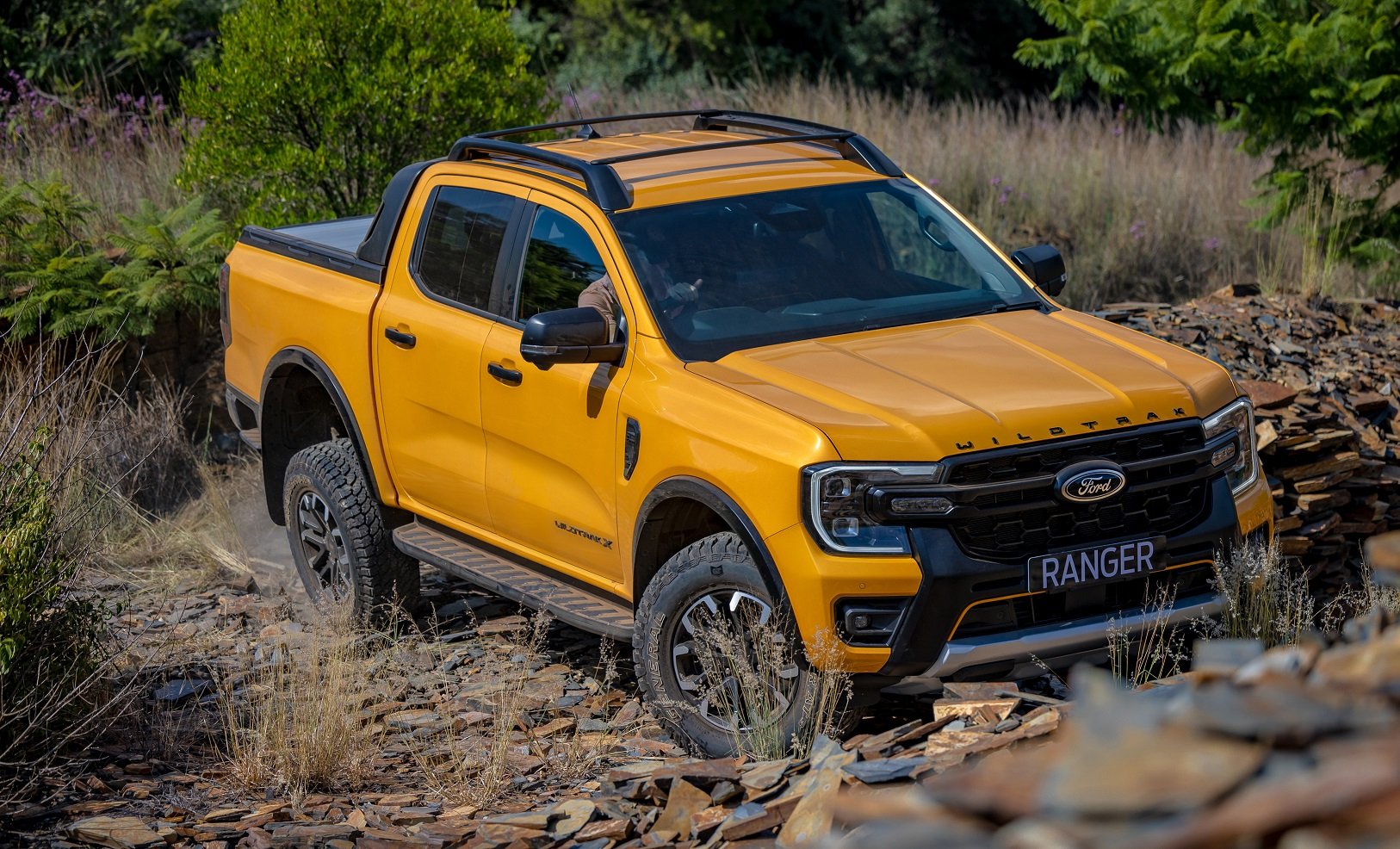
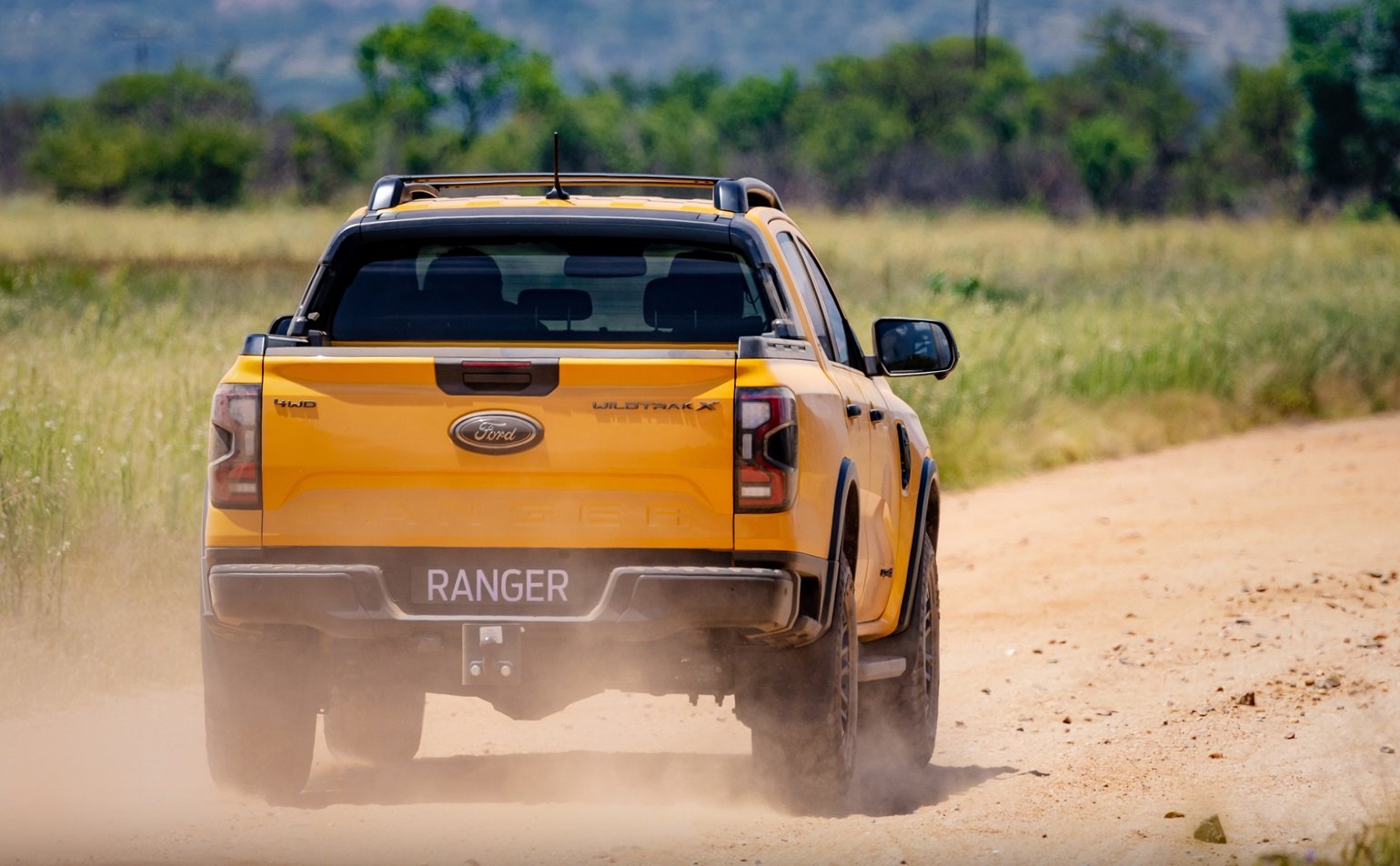
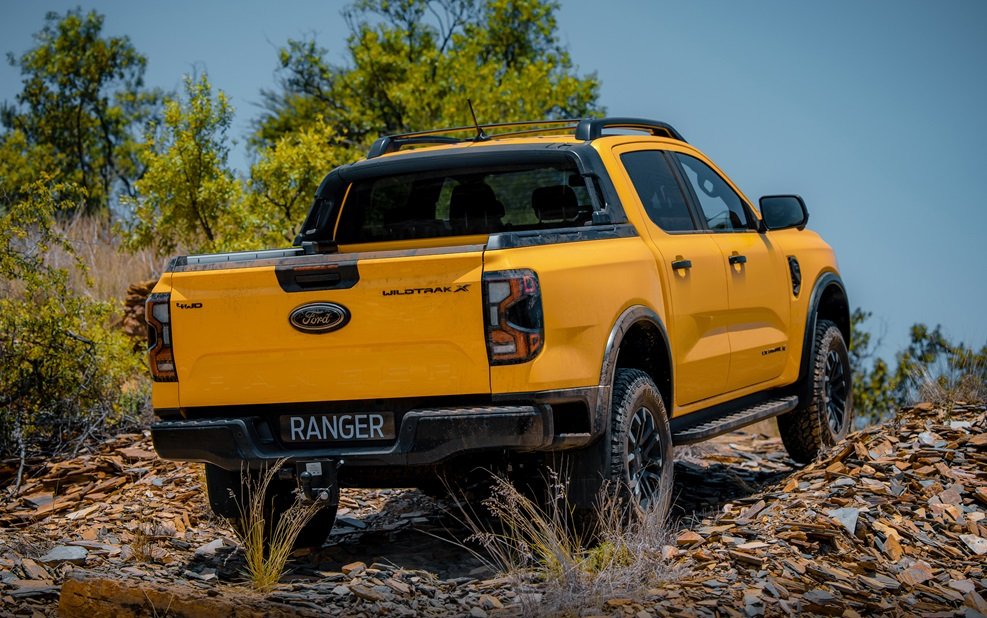









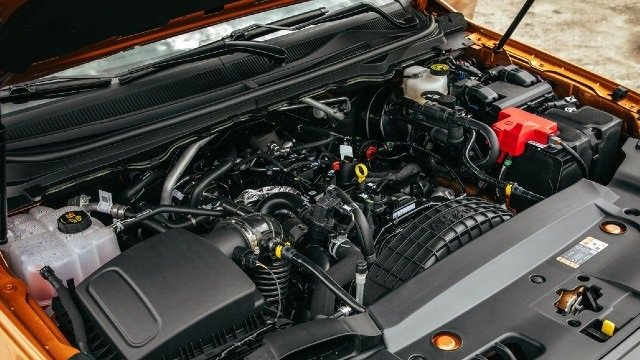



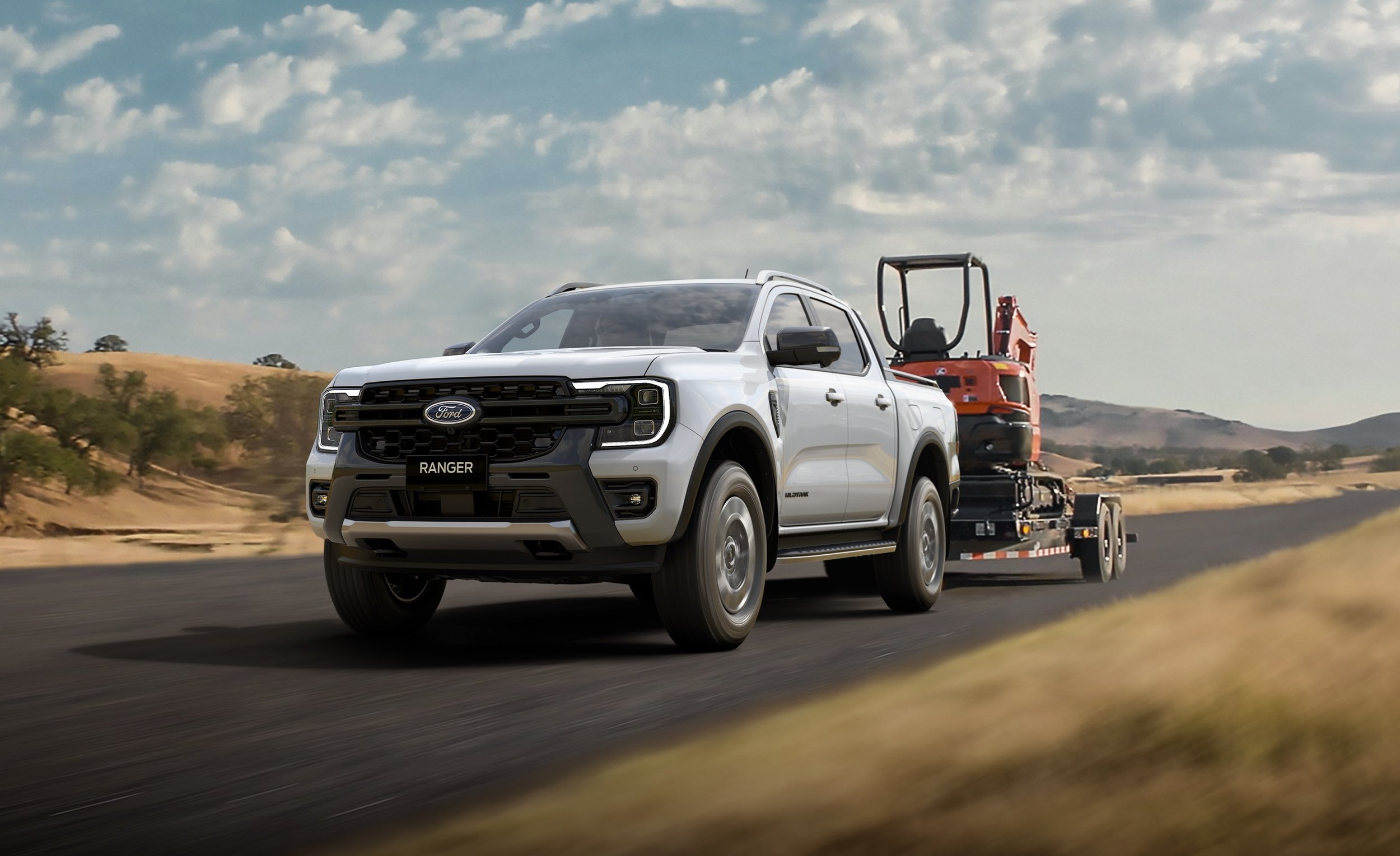
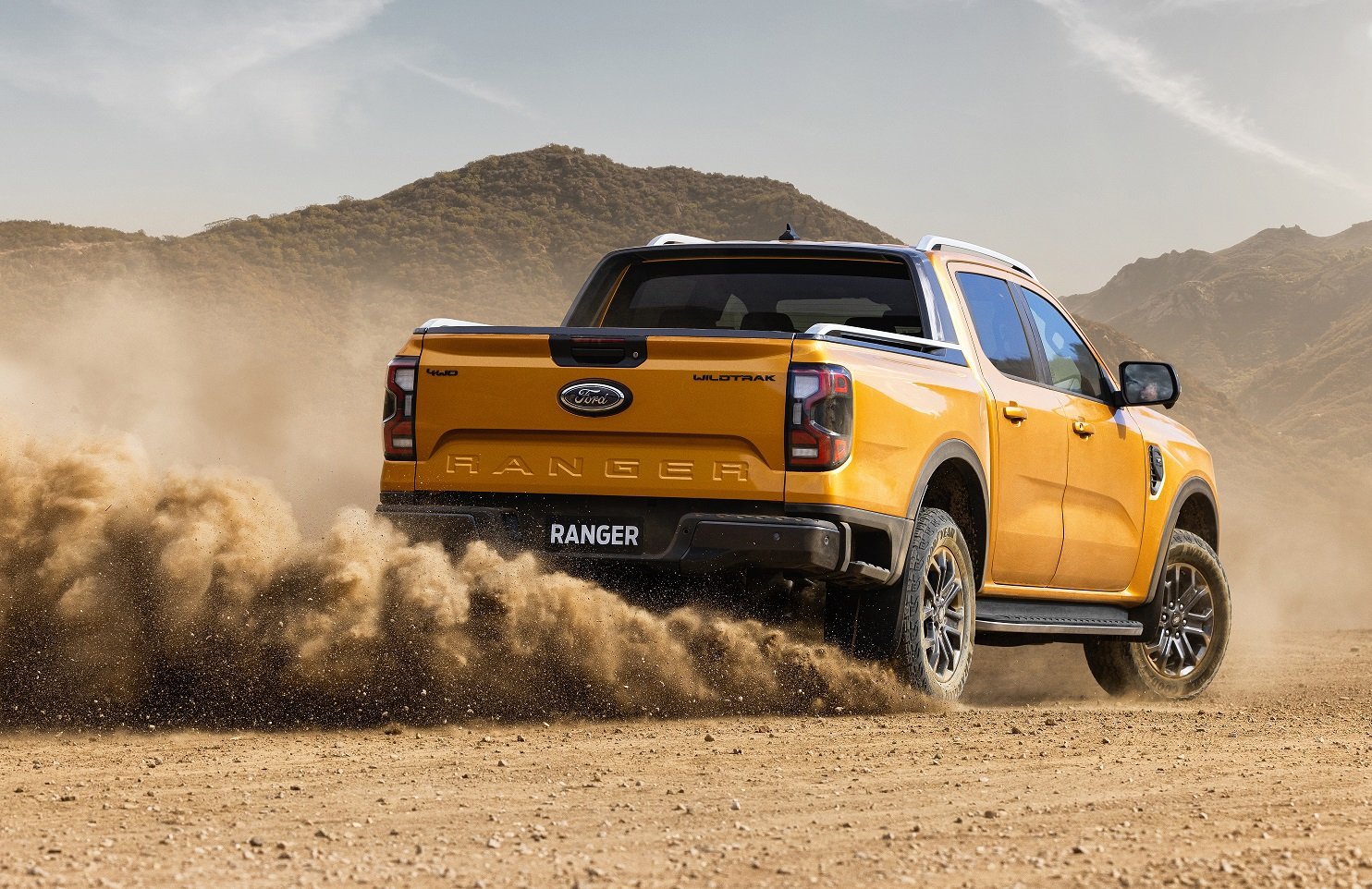
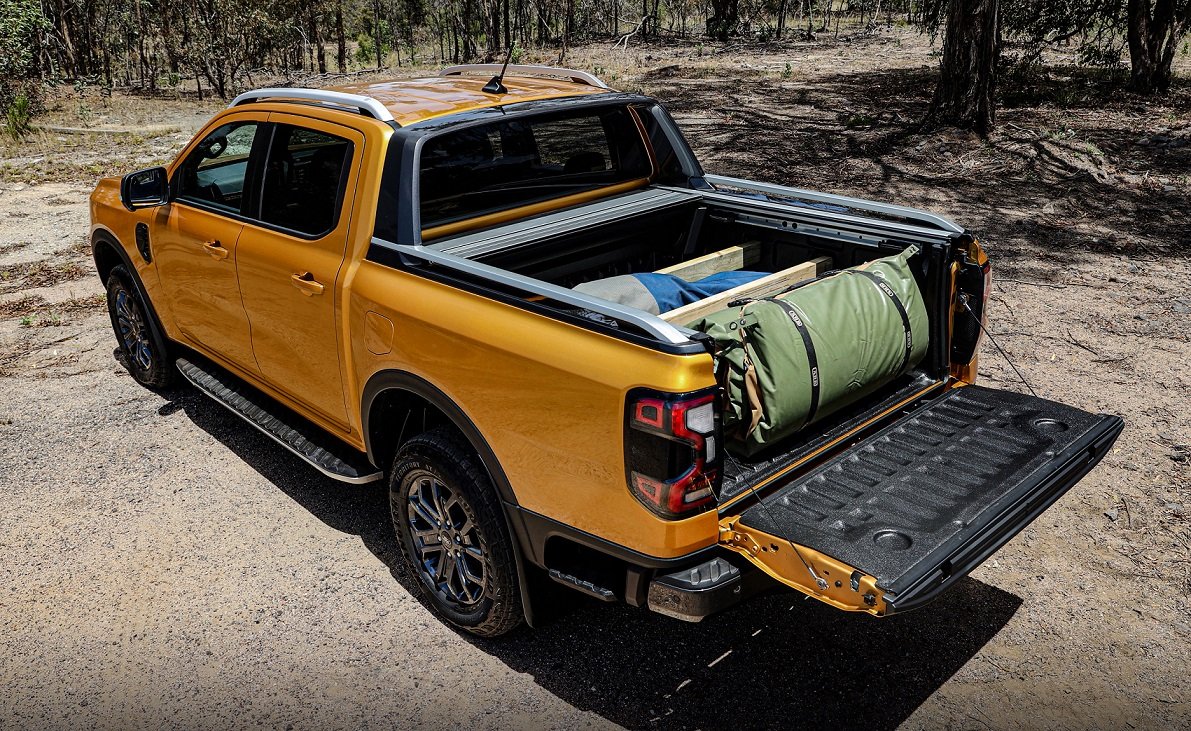
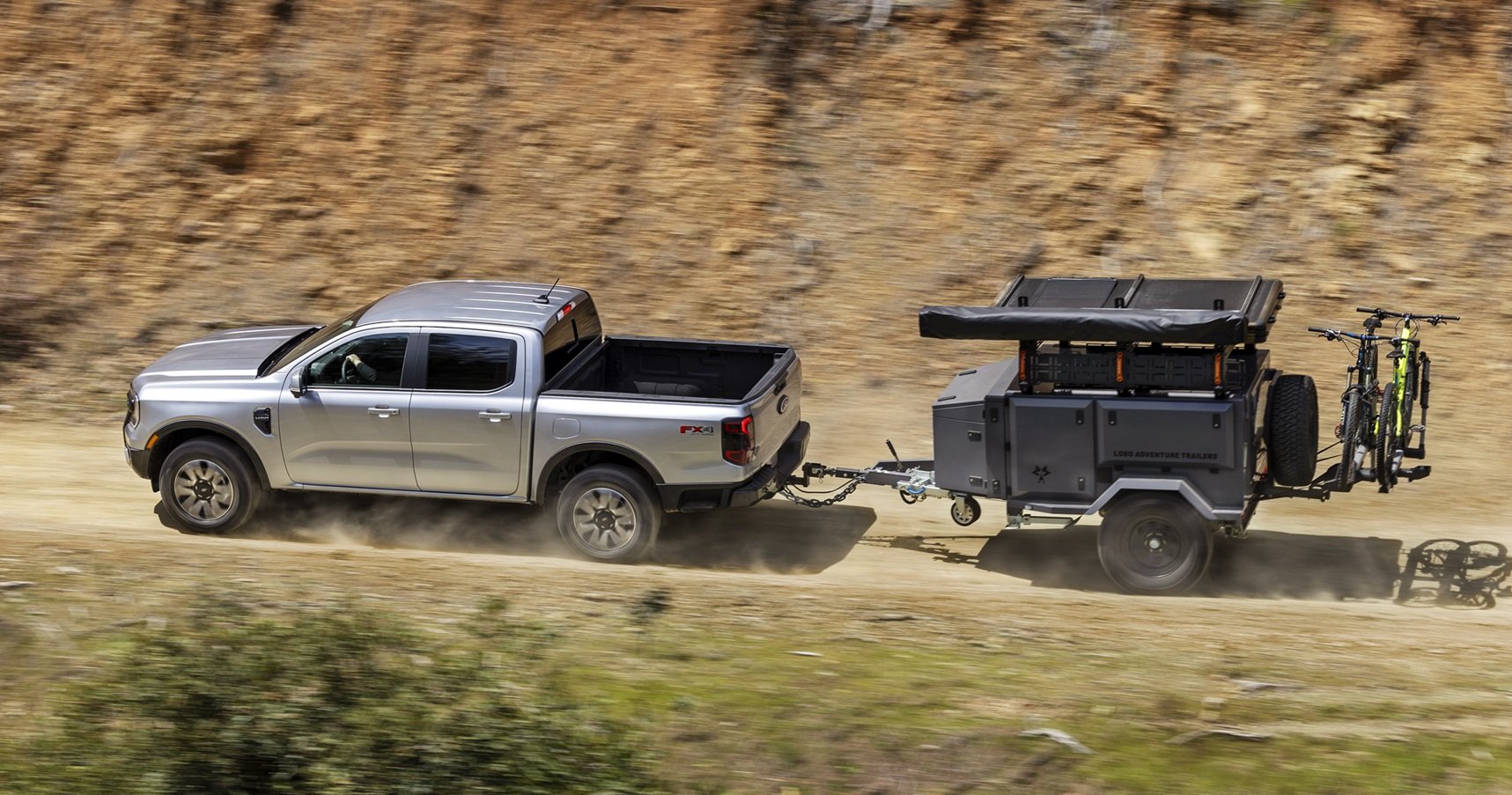
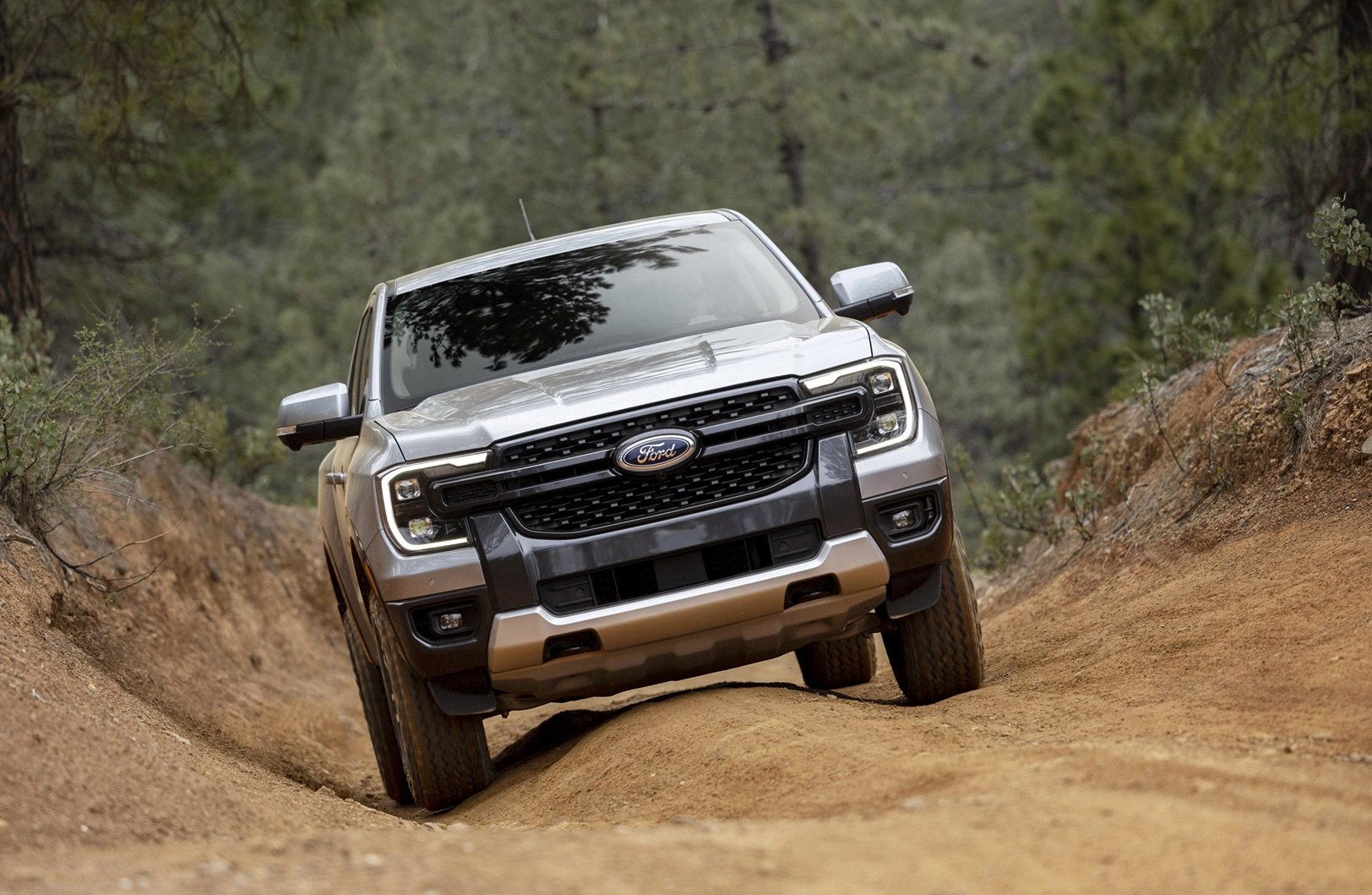

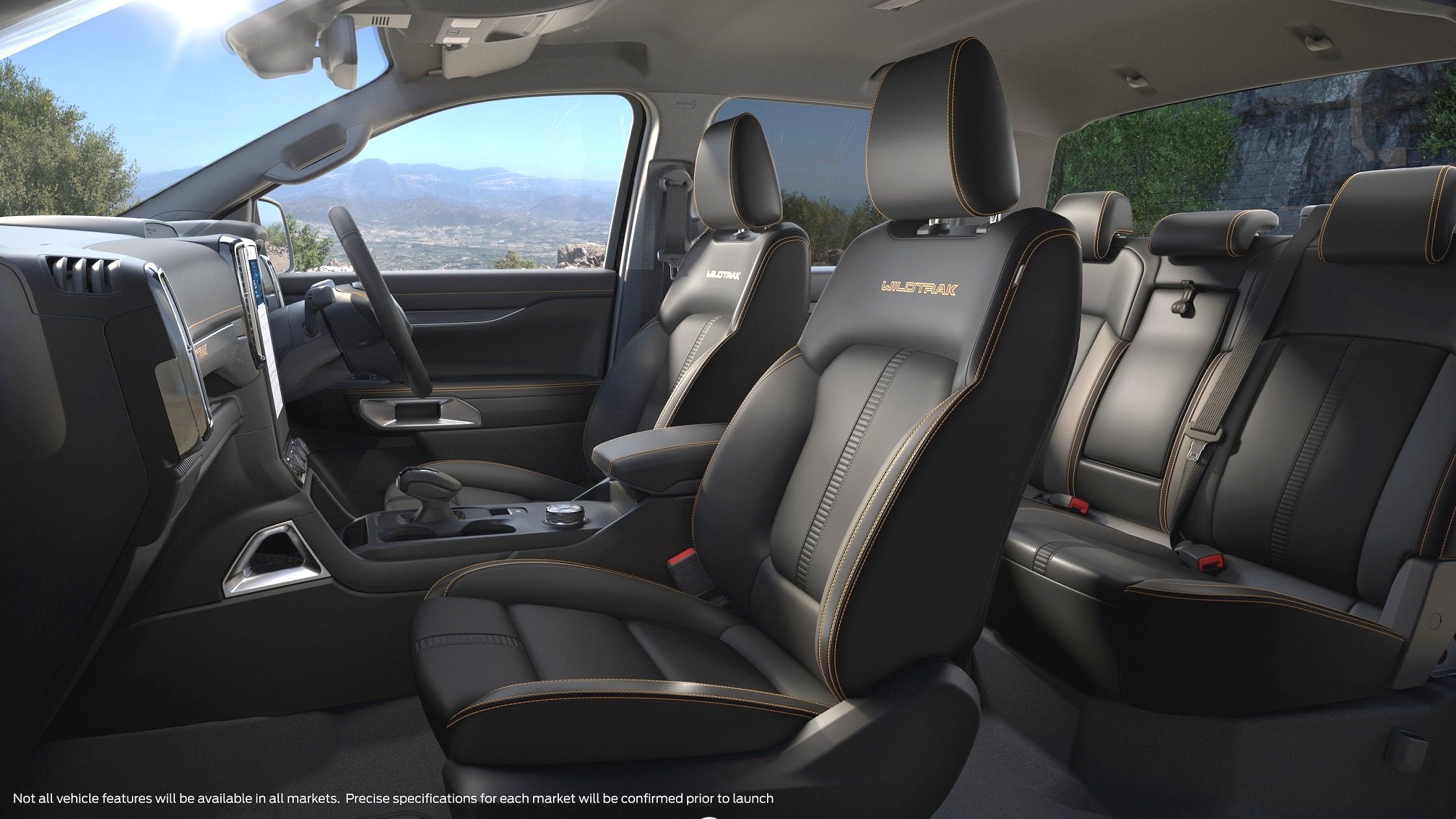




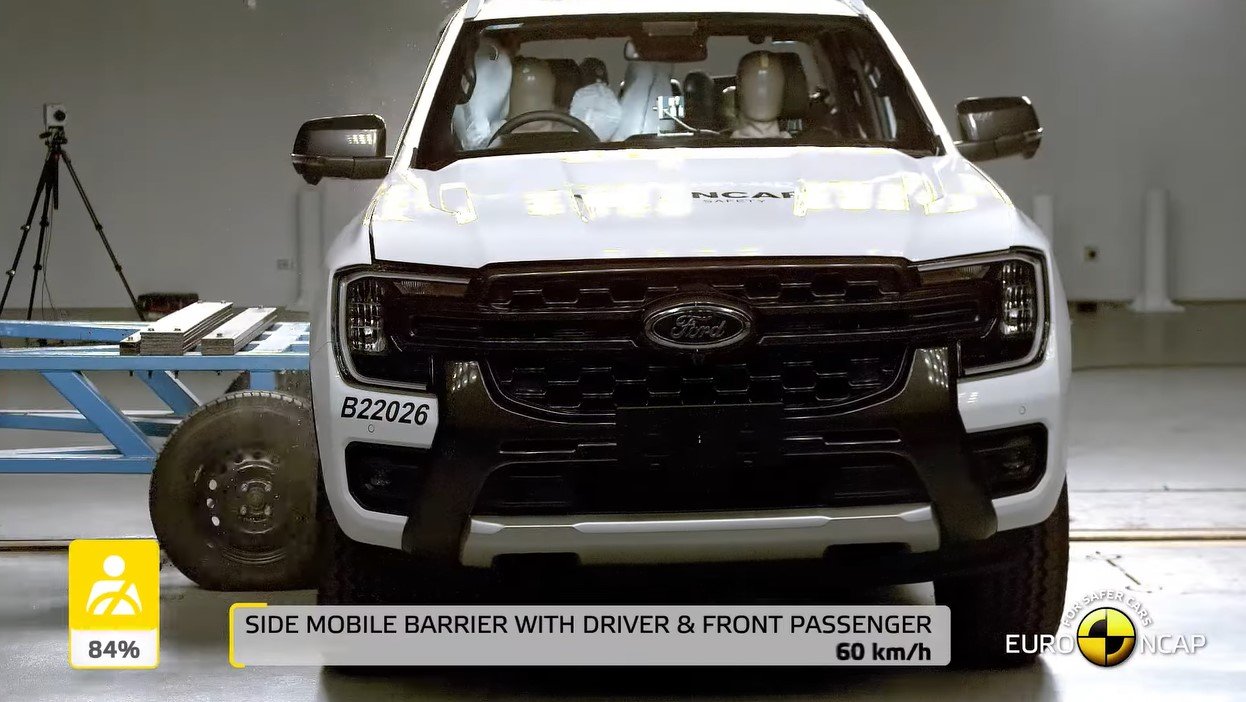
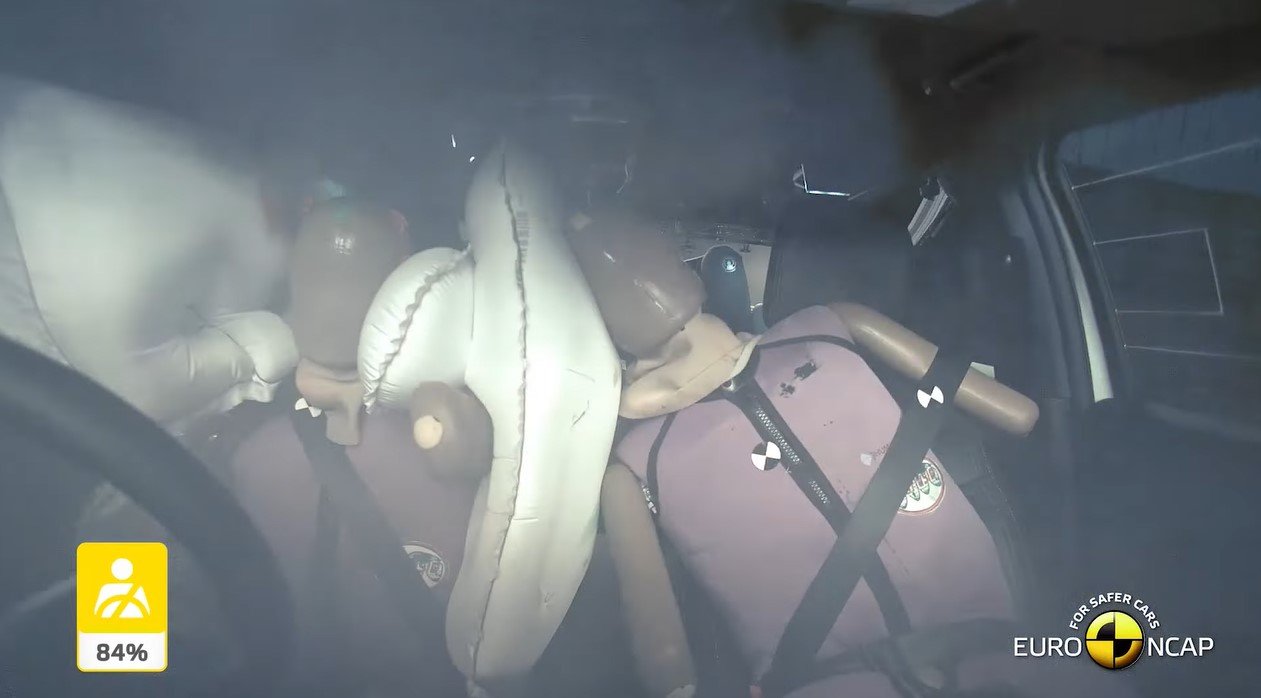
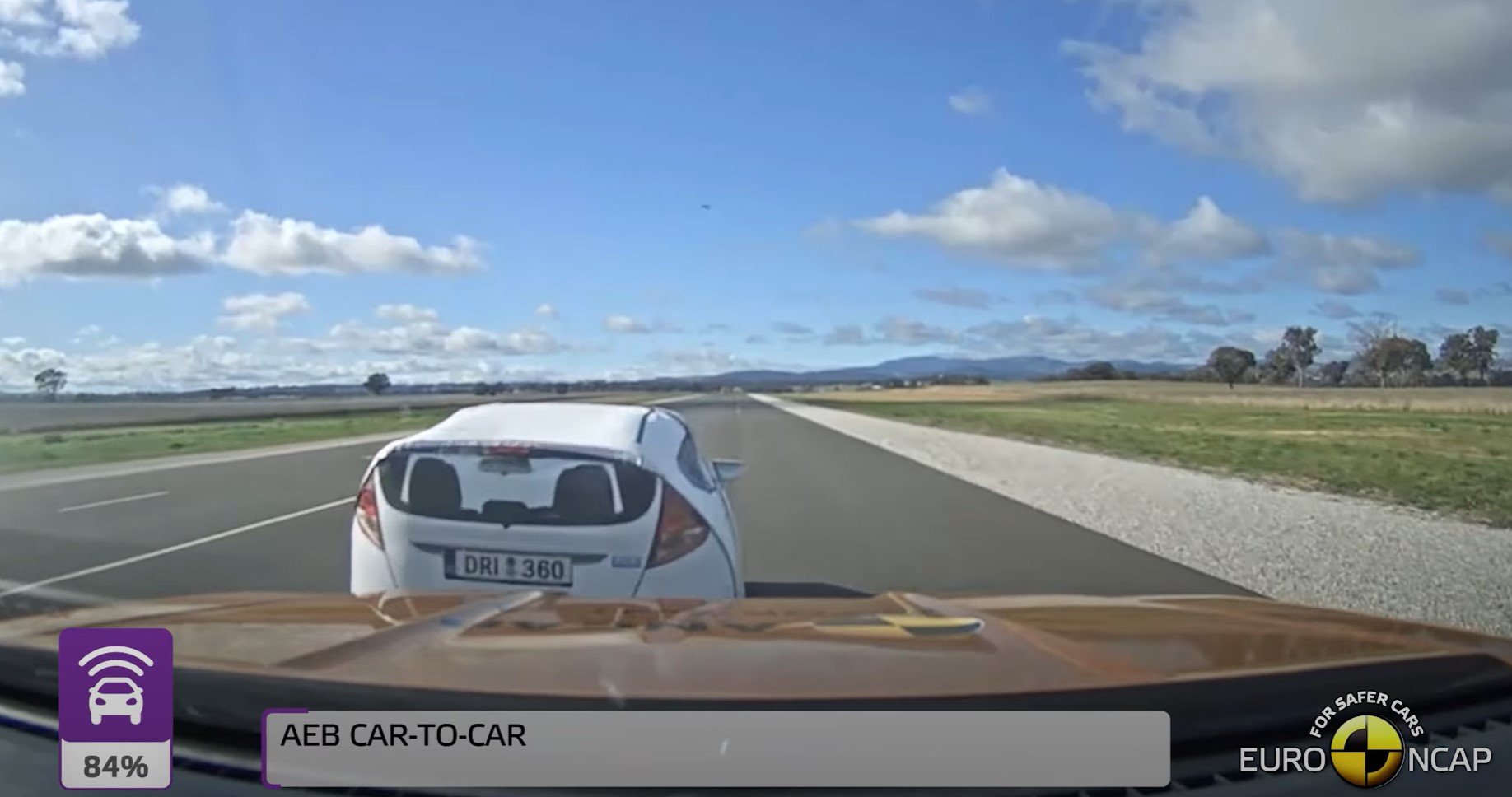
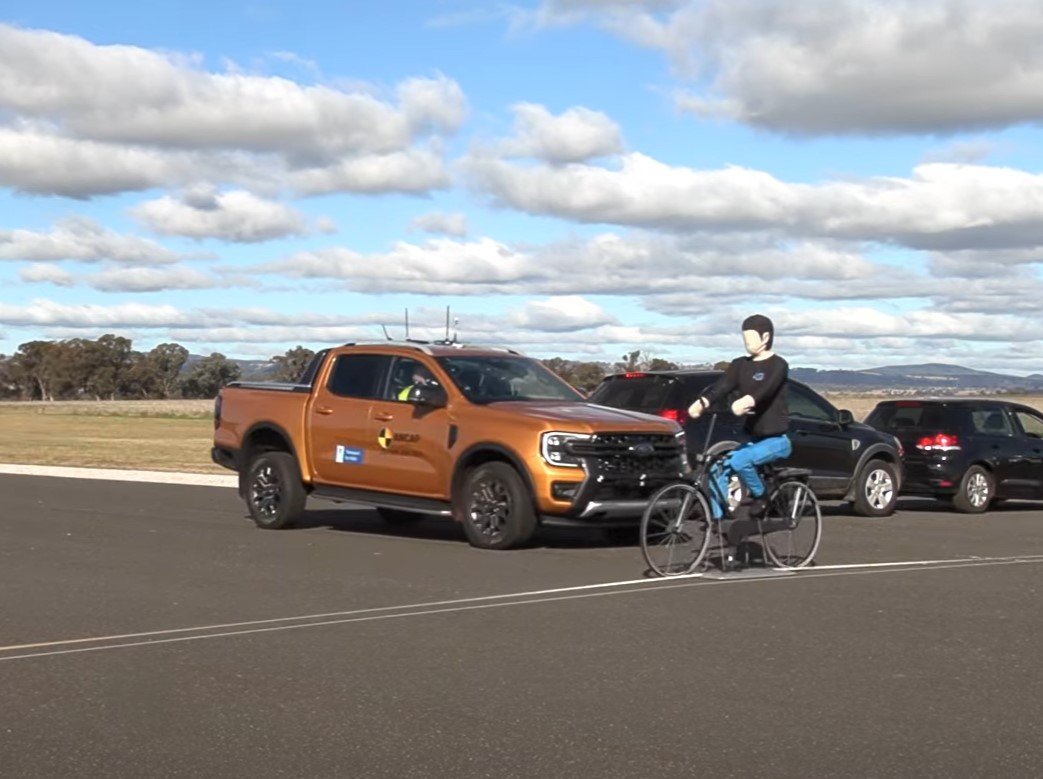
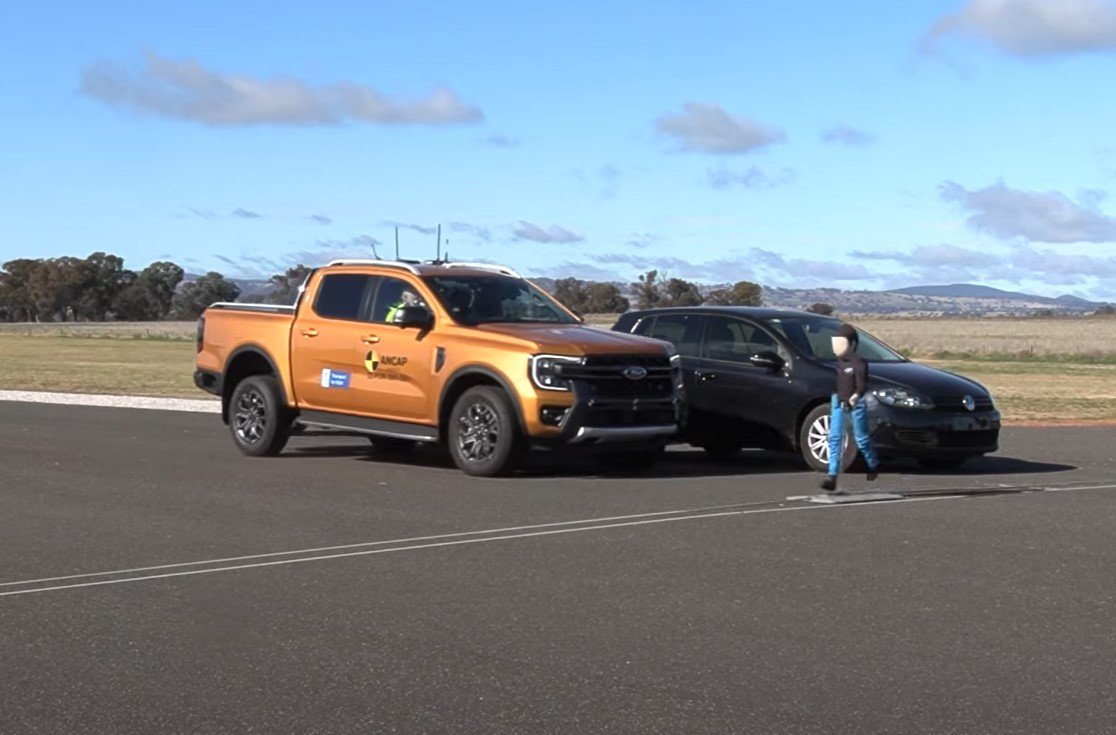








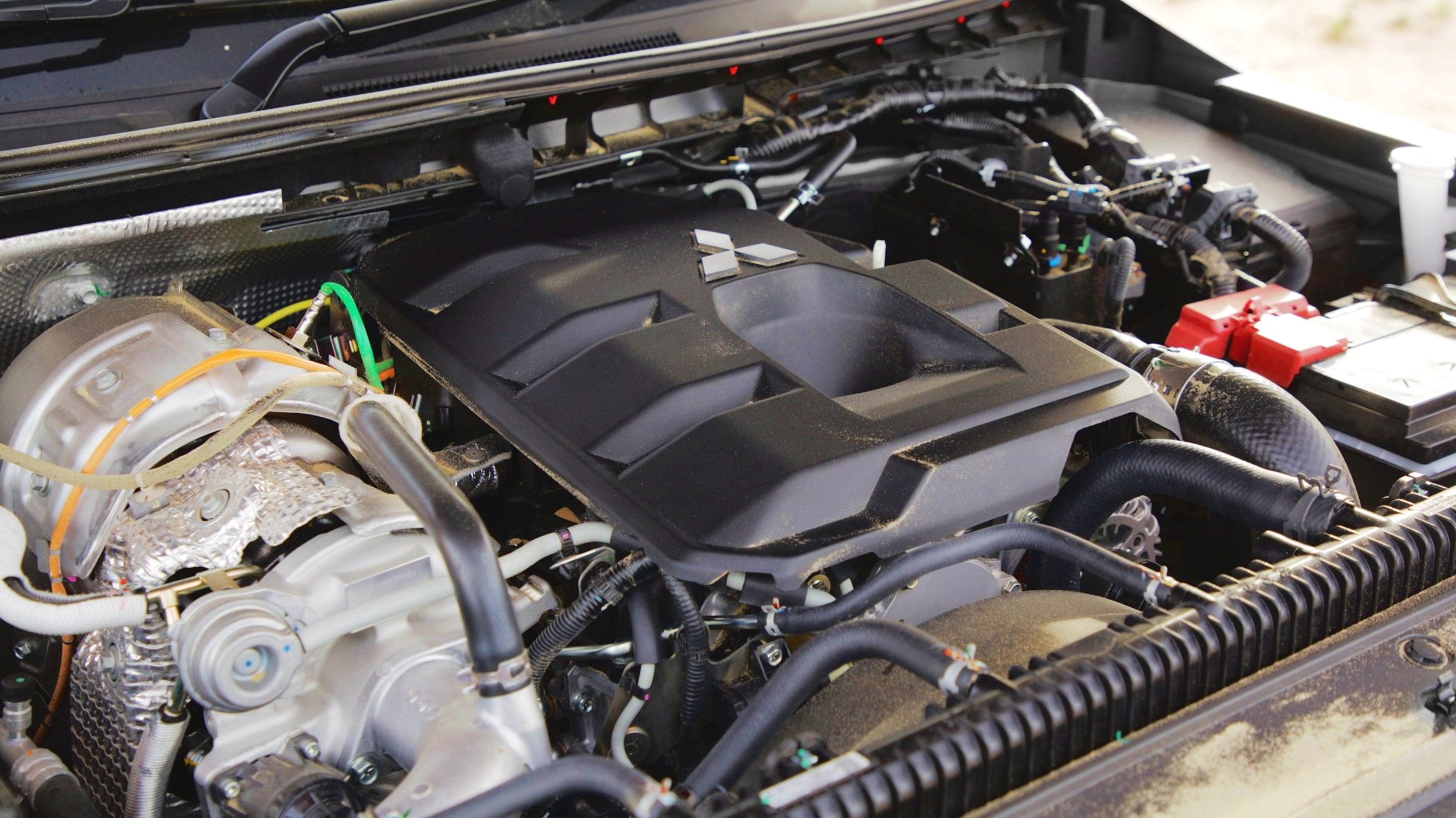

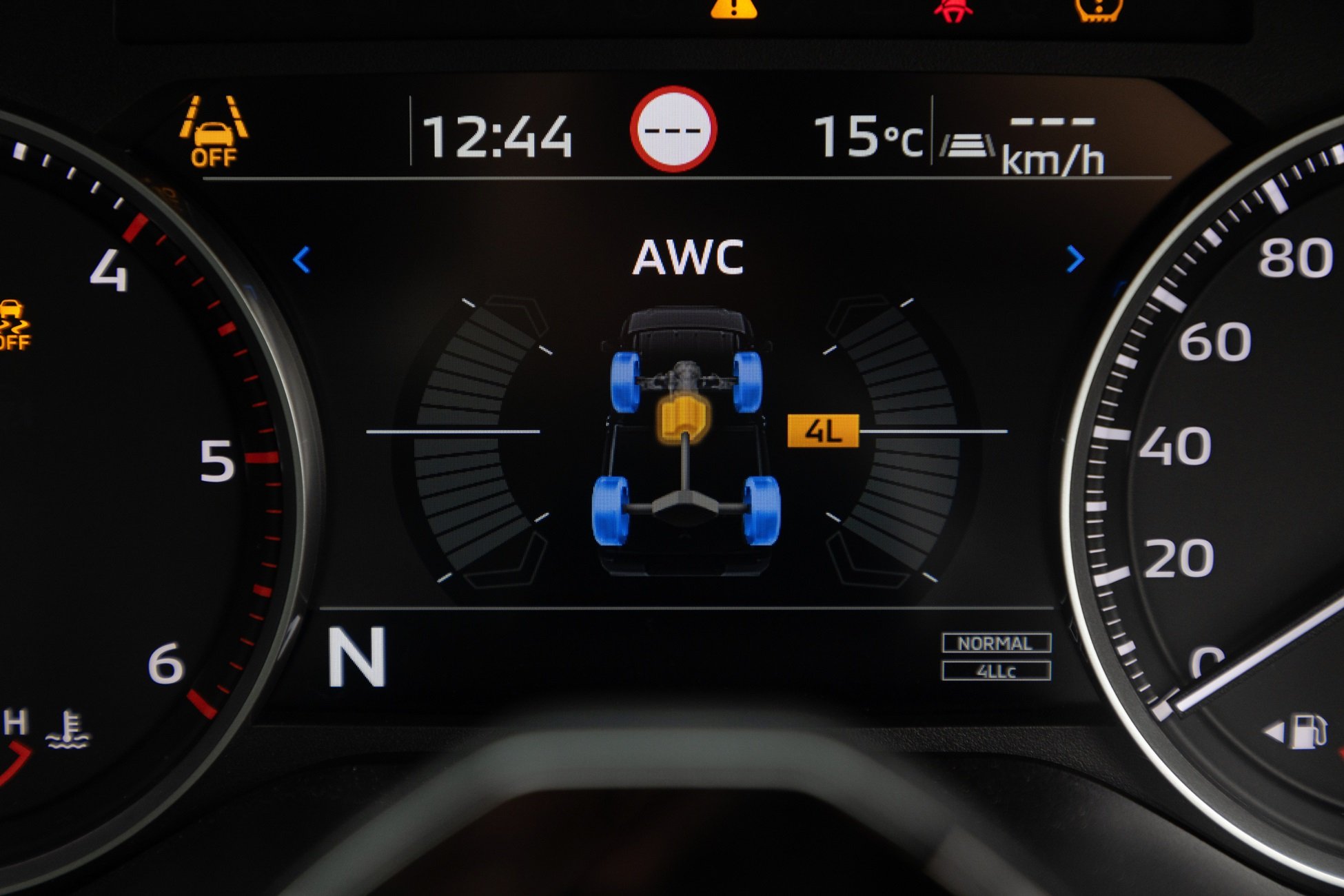
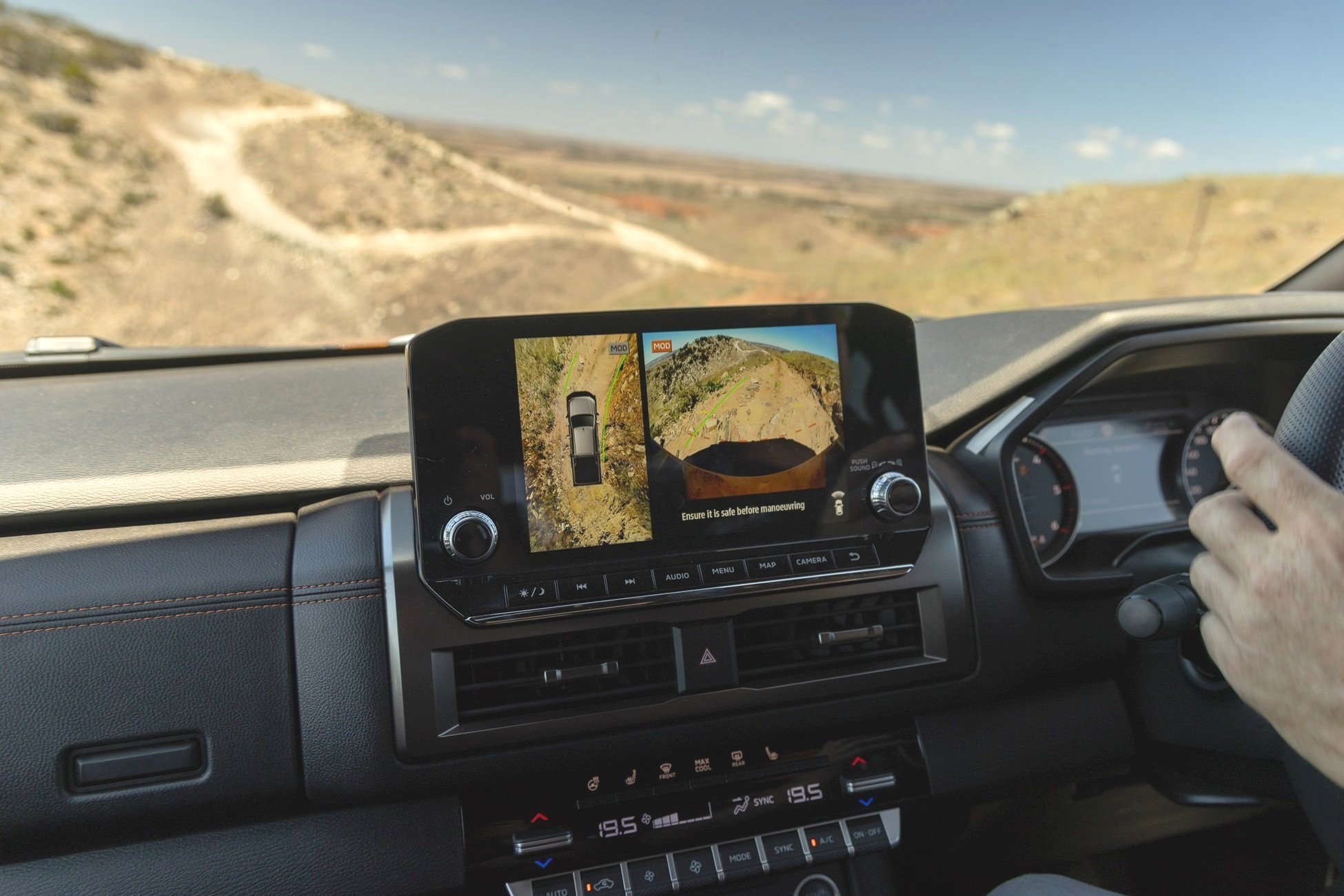



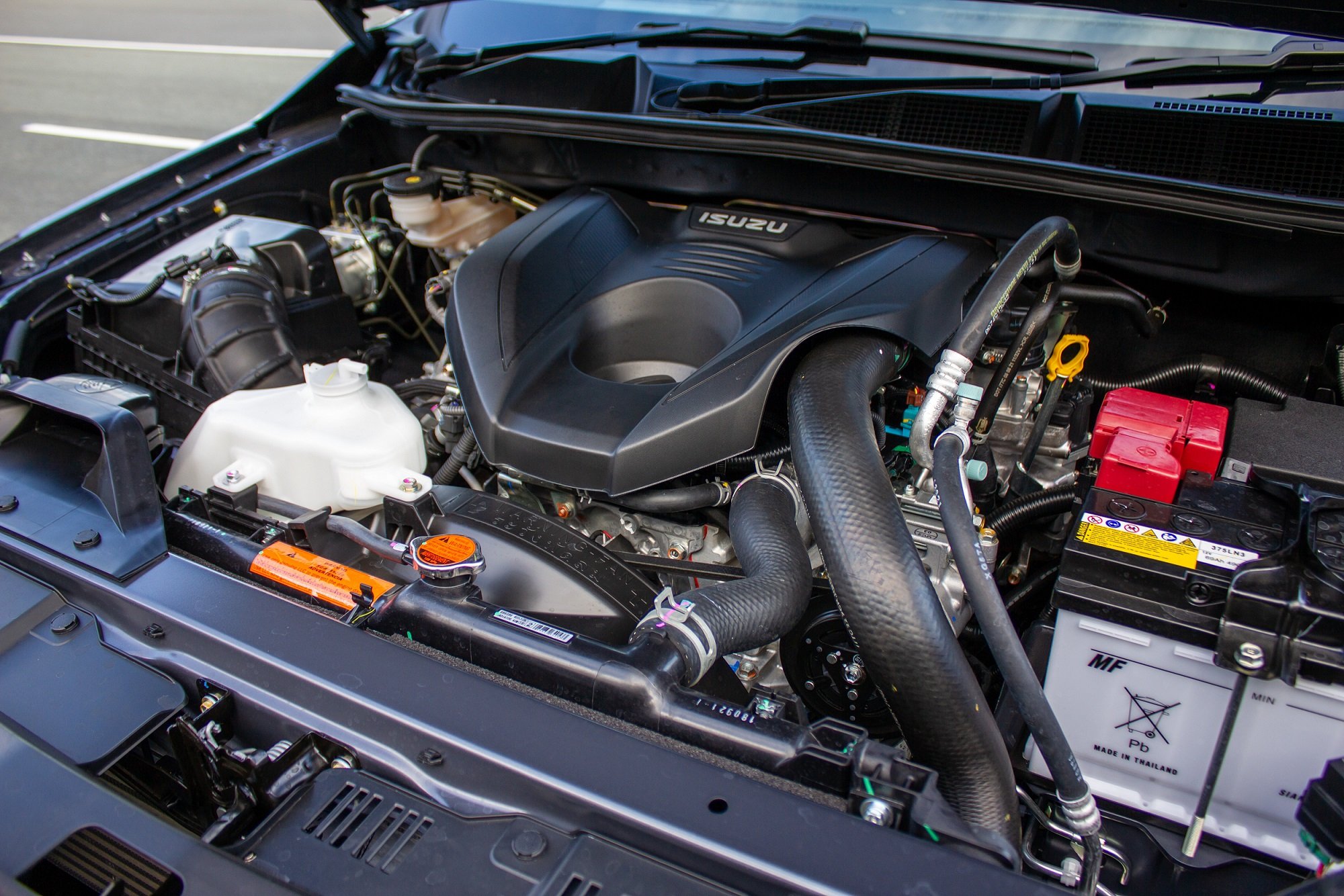
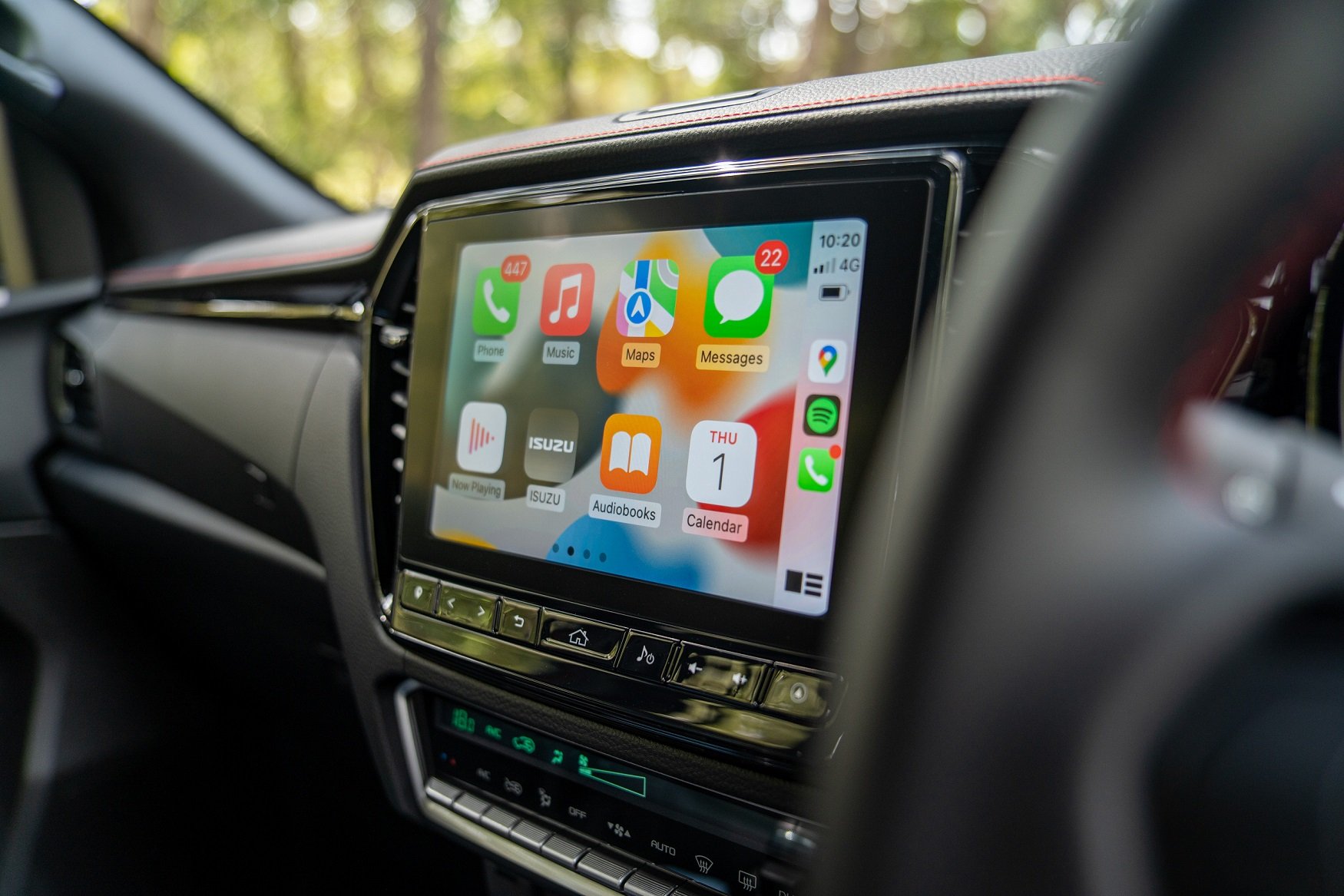


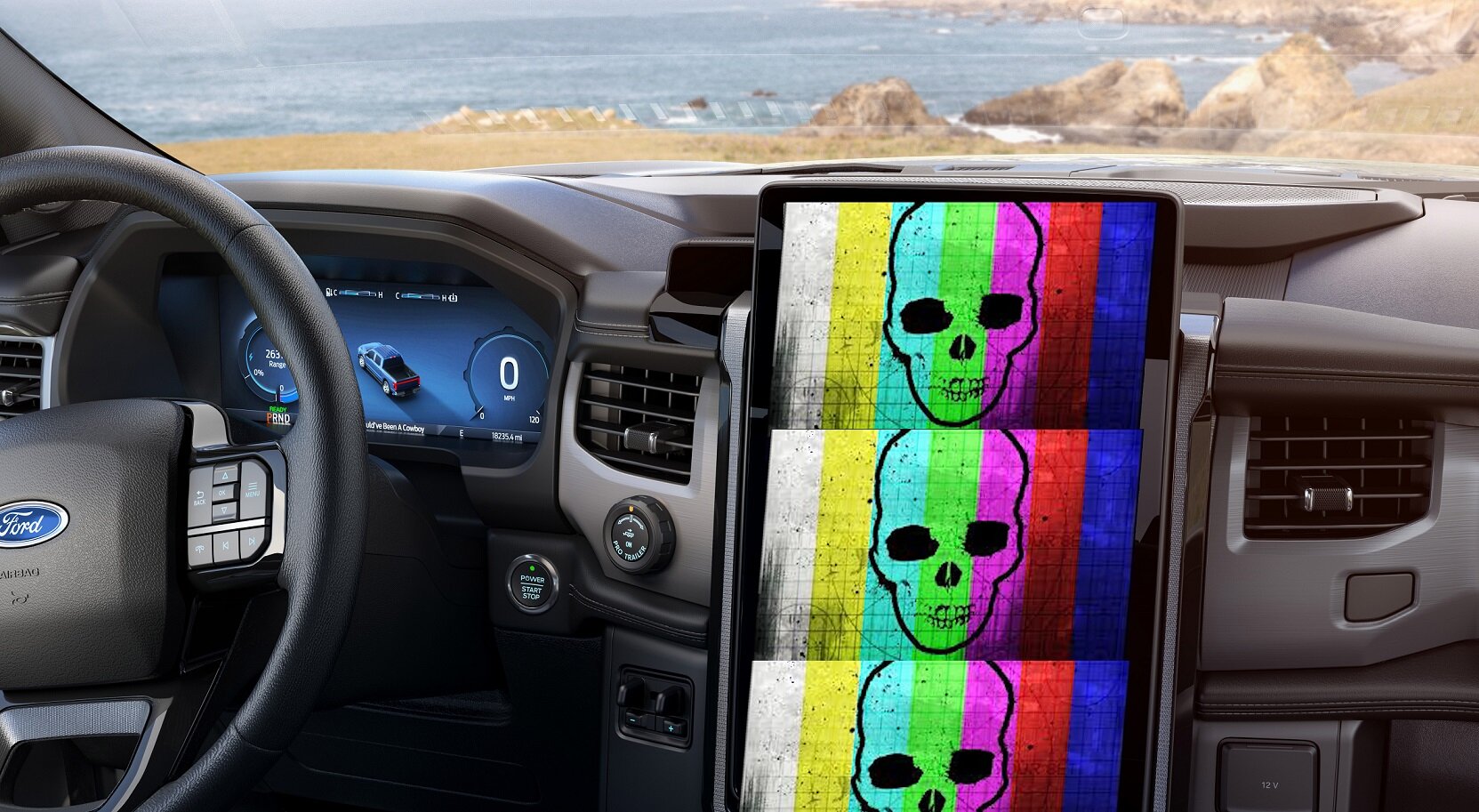

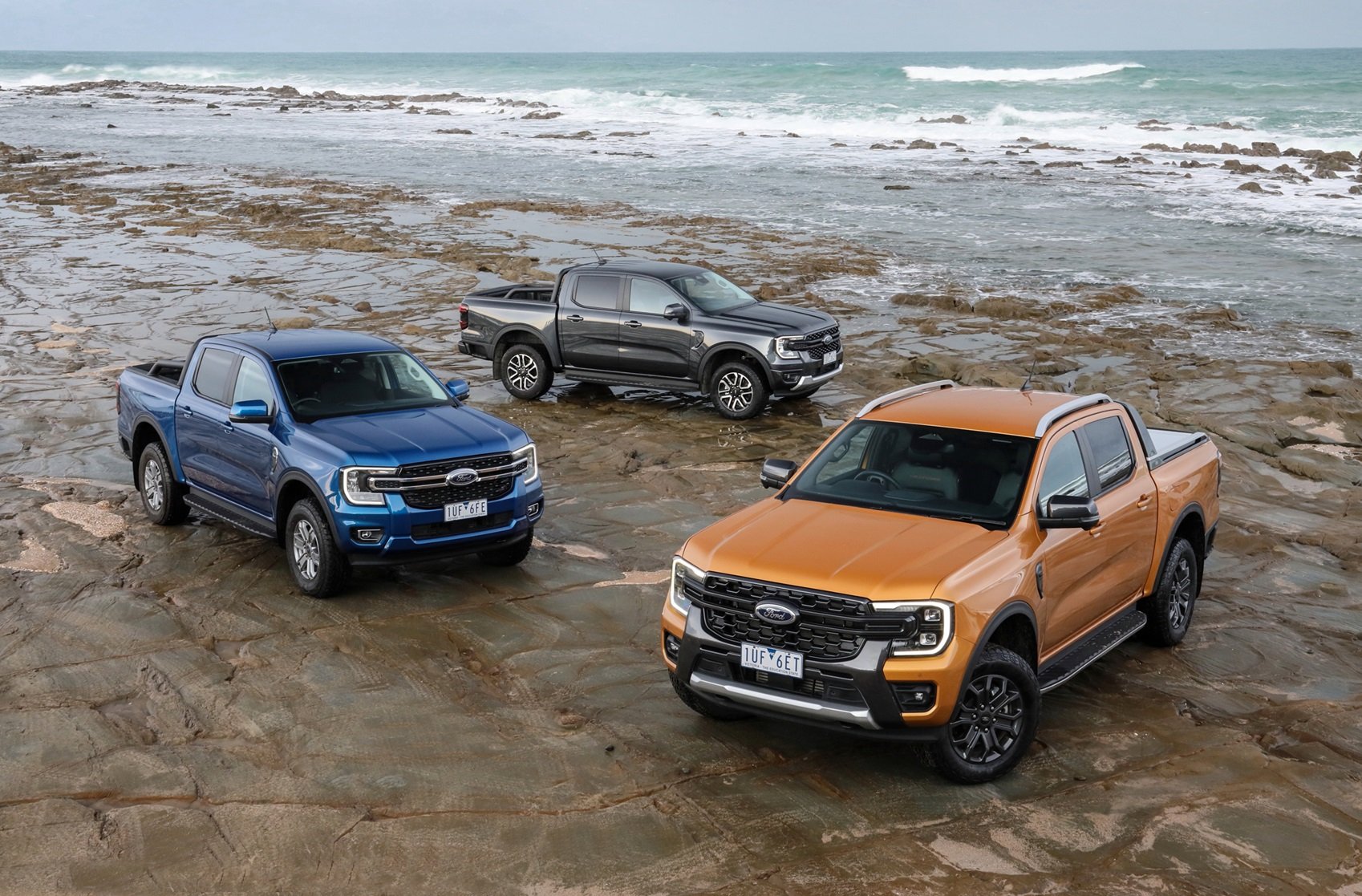











The Mitsubishi Outlander is an excellent-value seven-seat family vehicle with plenty of features and capability. It looks modern and tough, but you need to know if it’s going to be good enough compared with other medium SUVs.